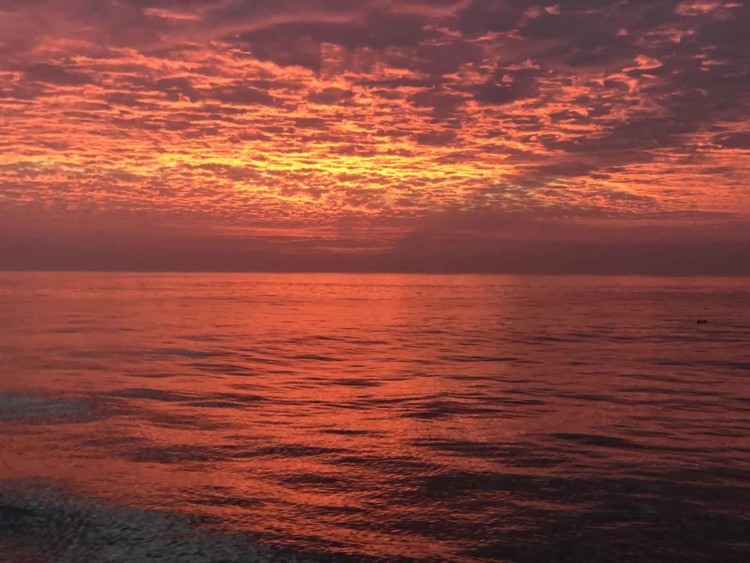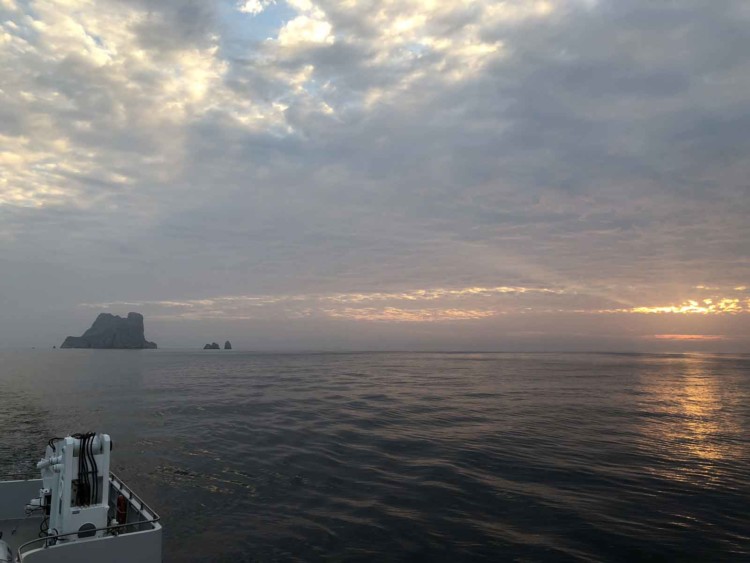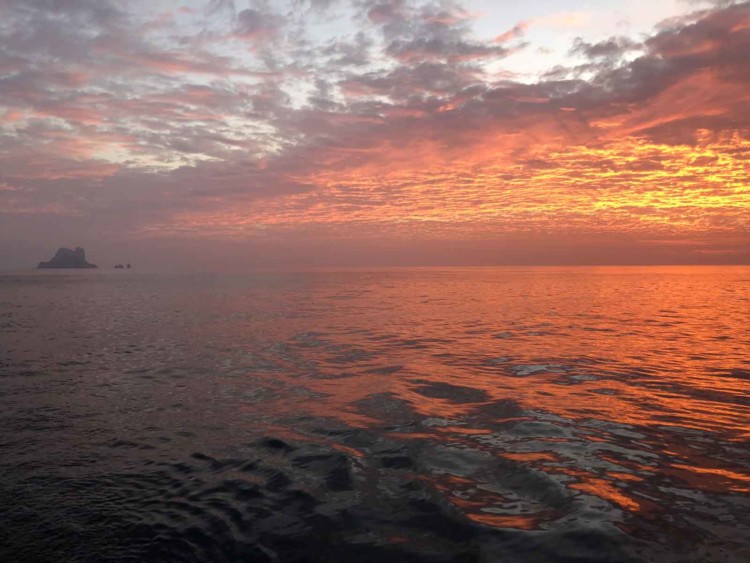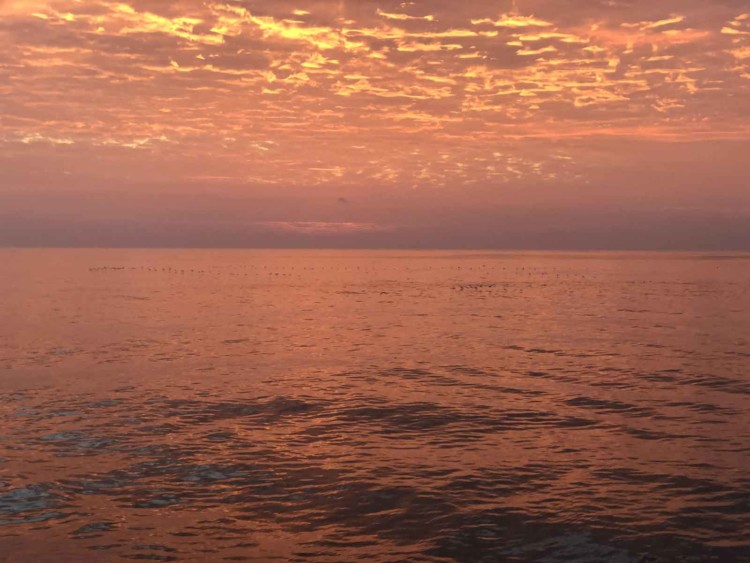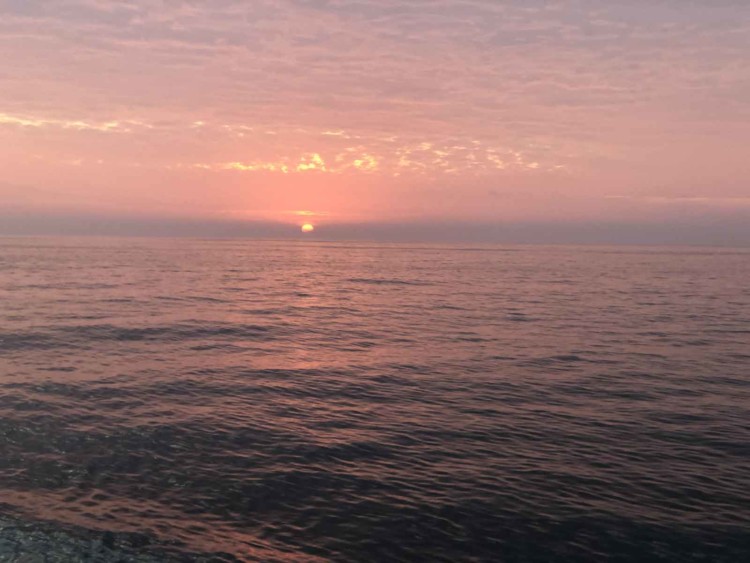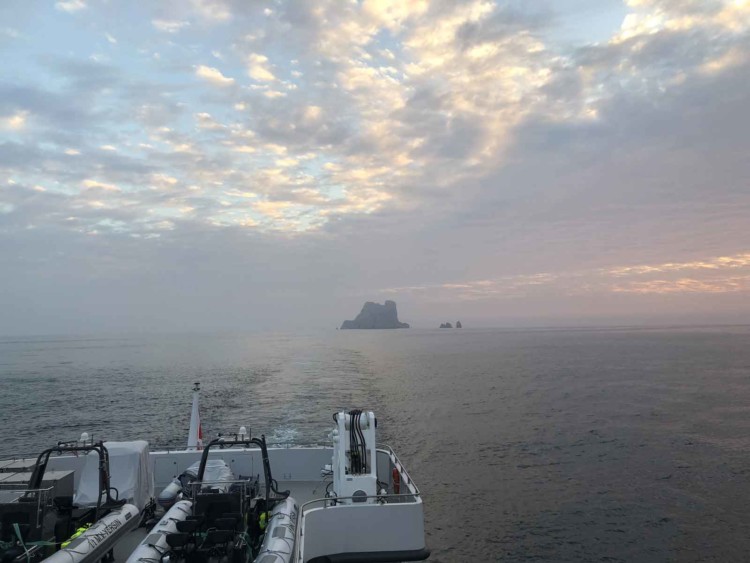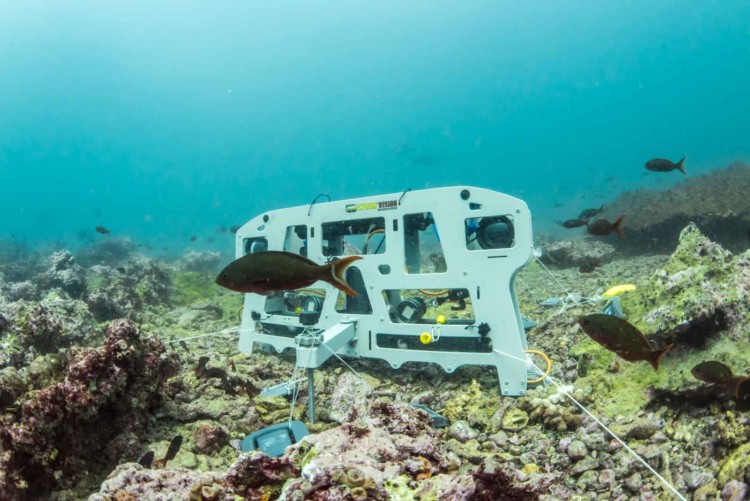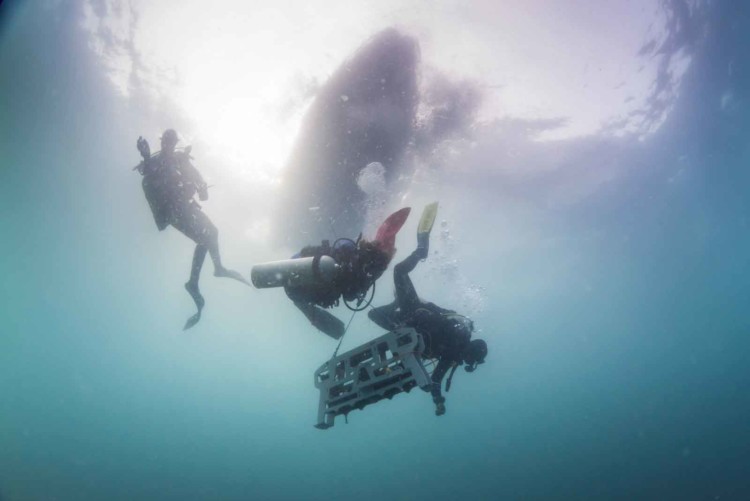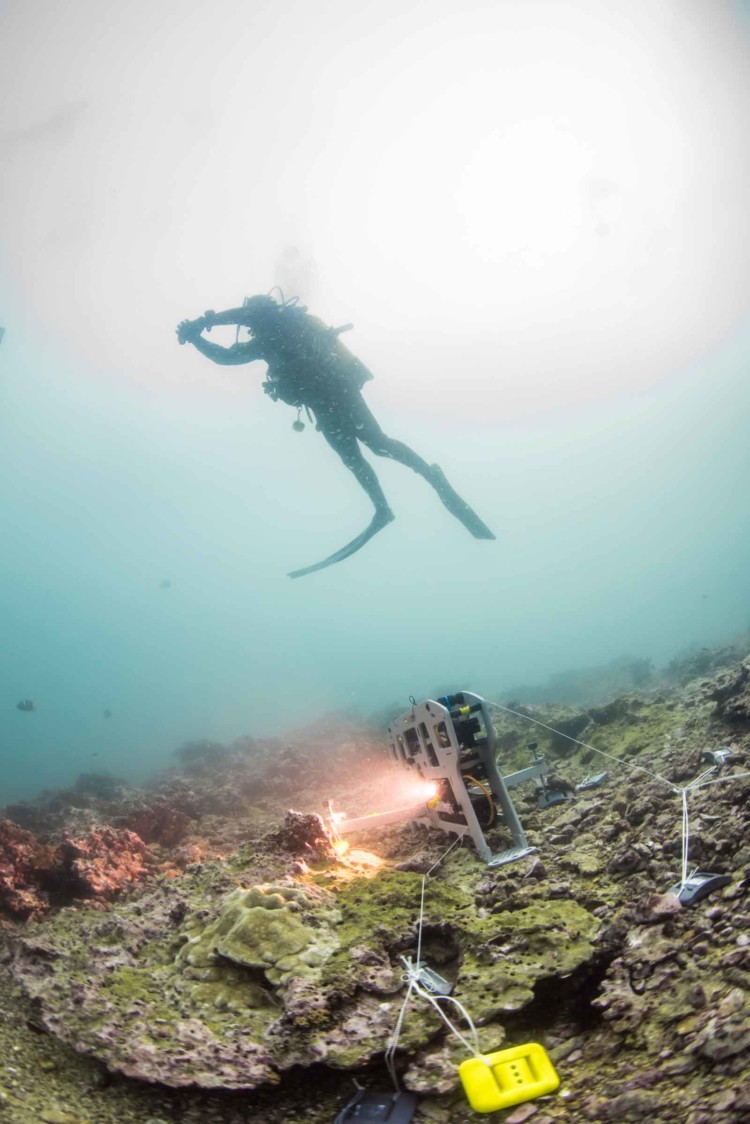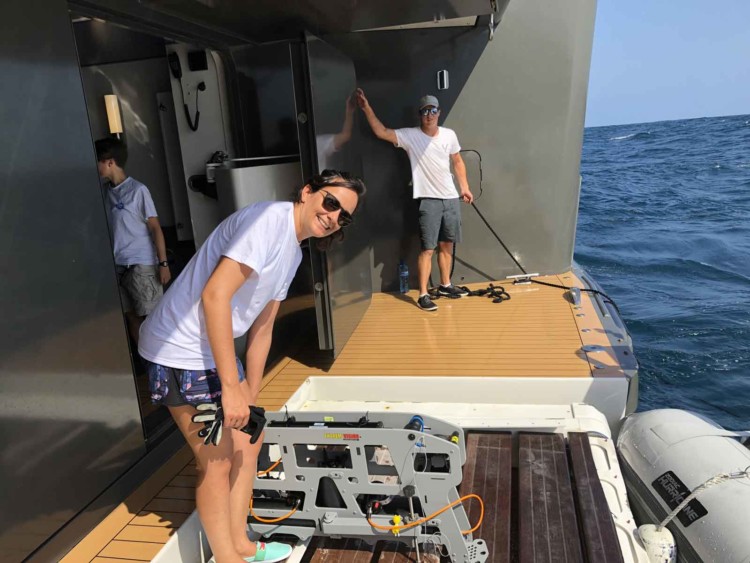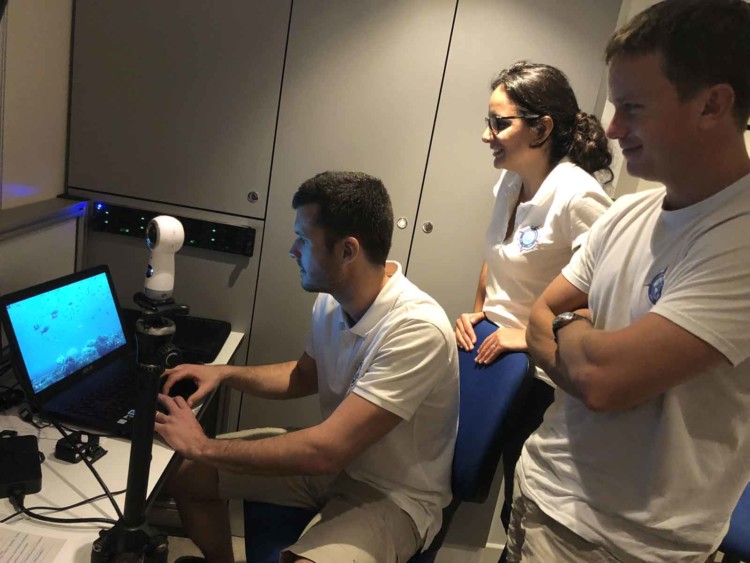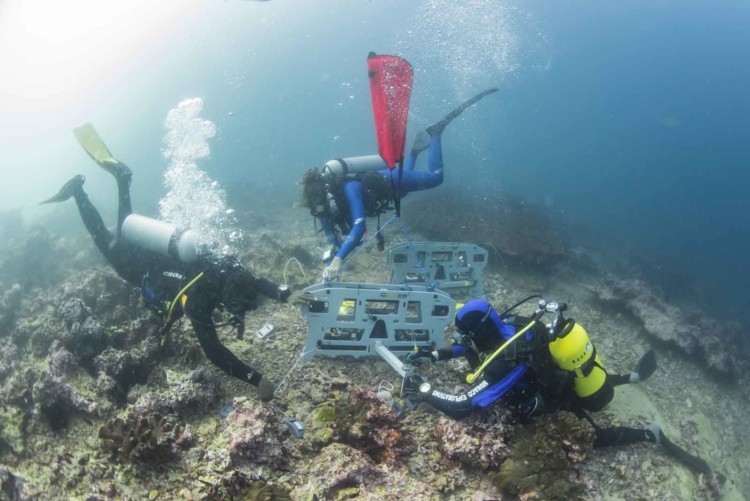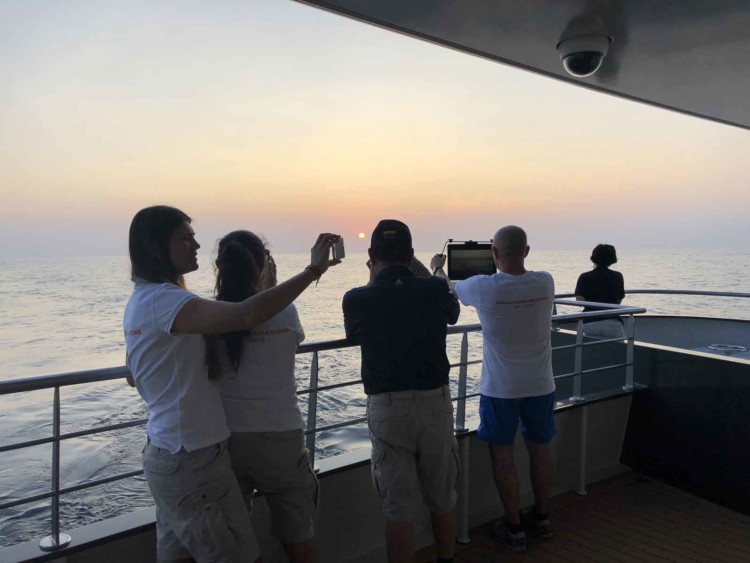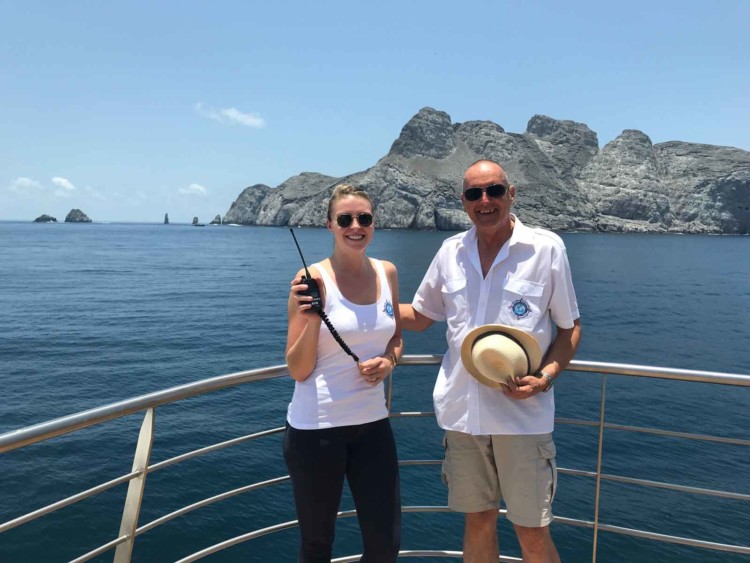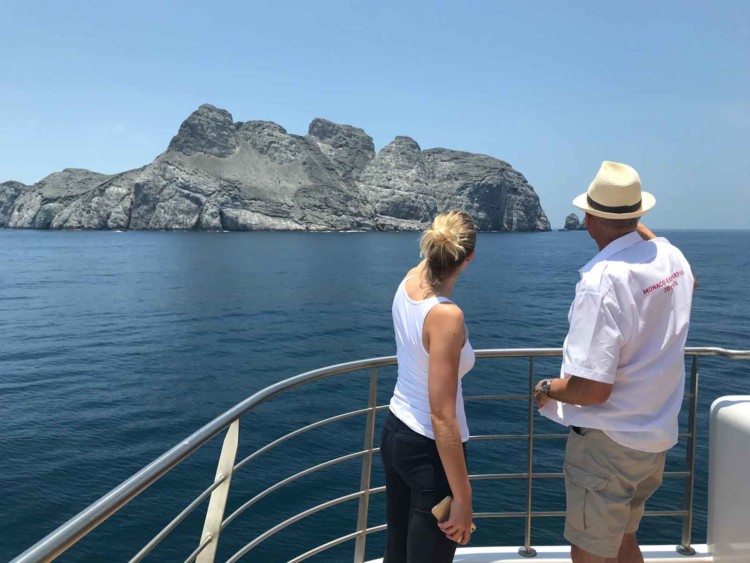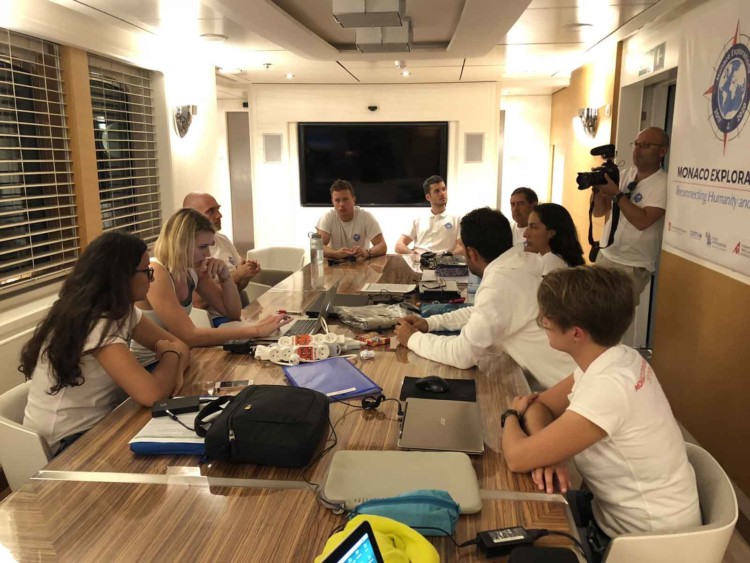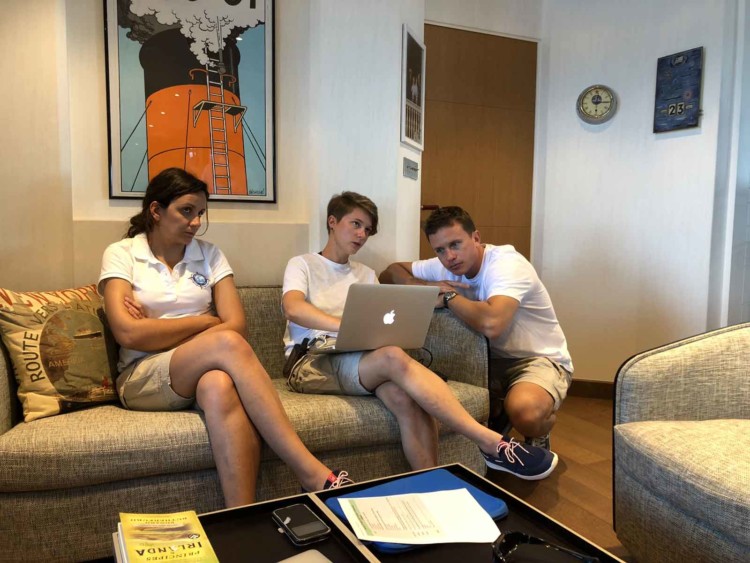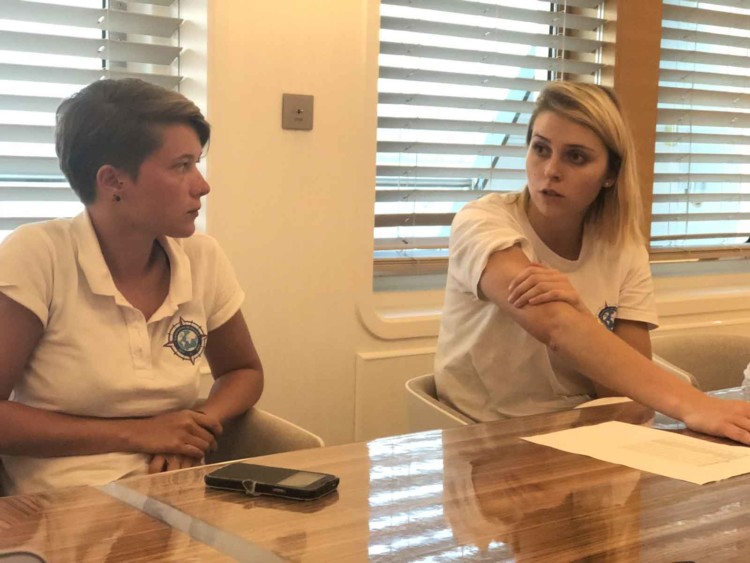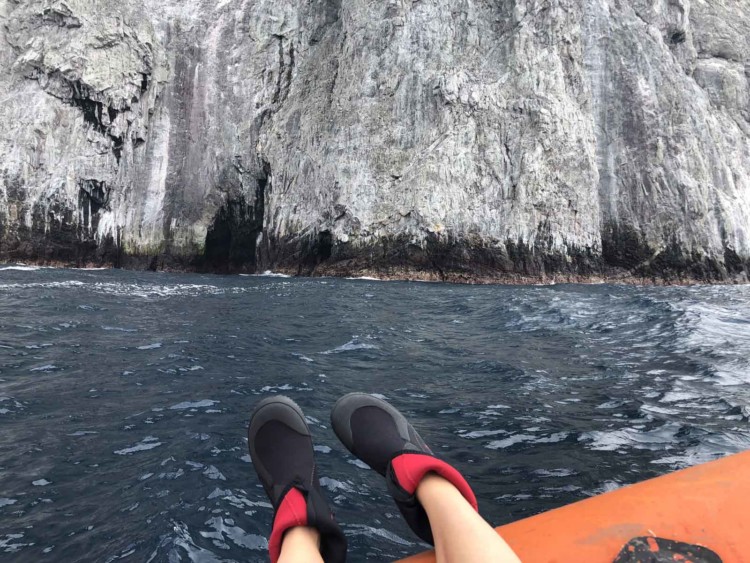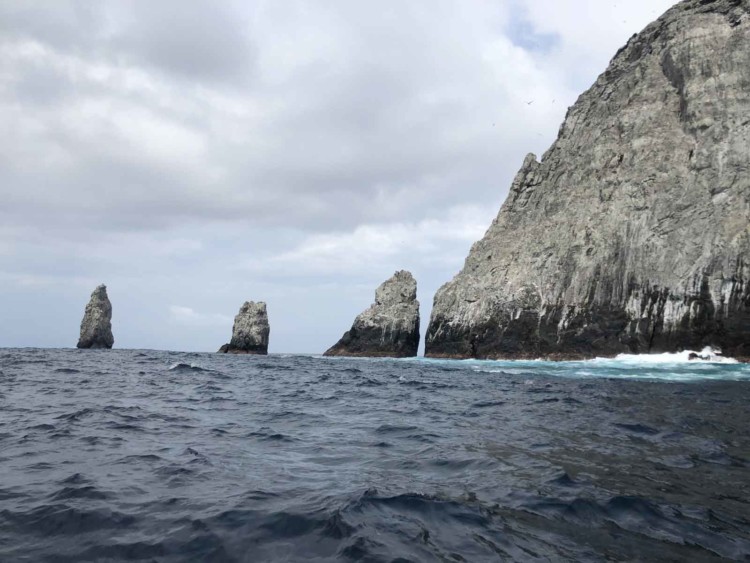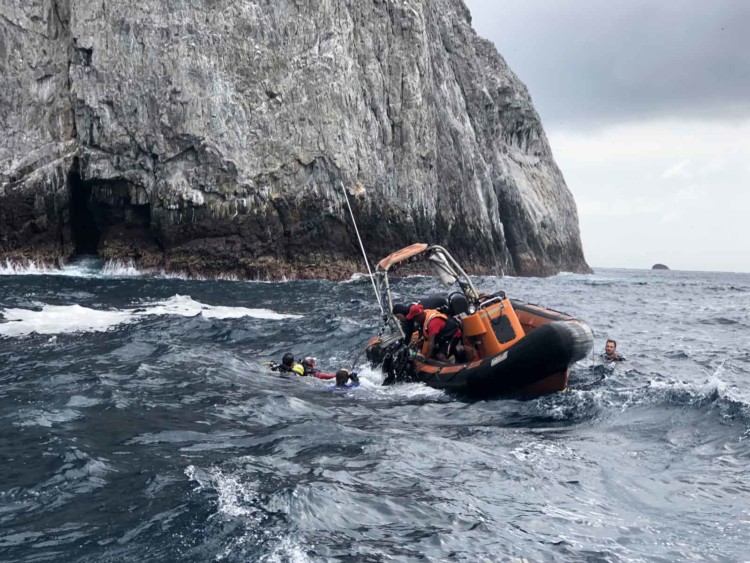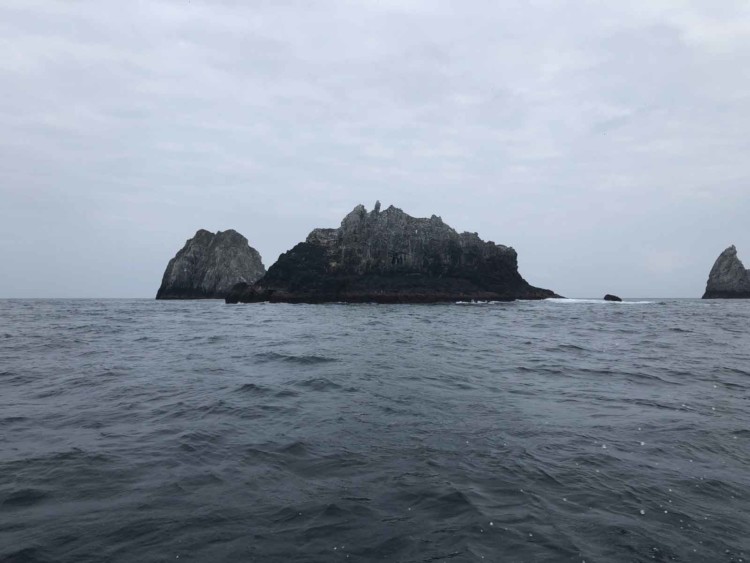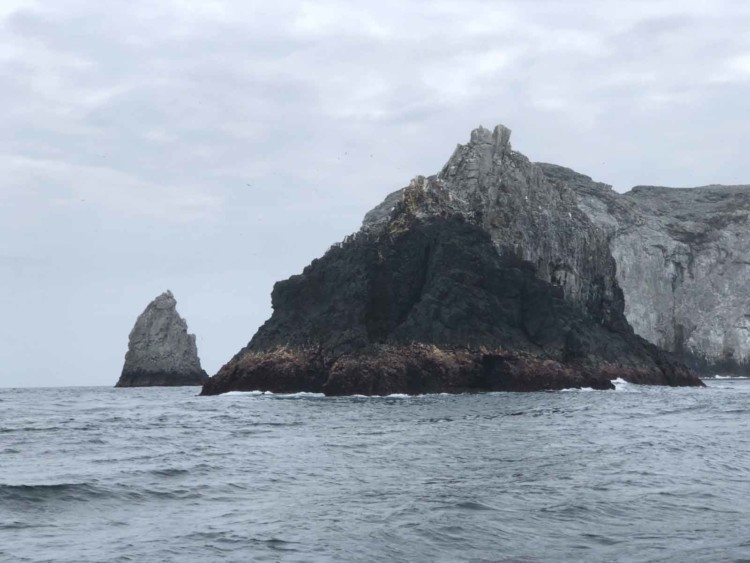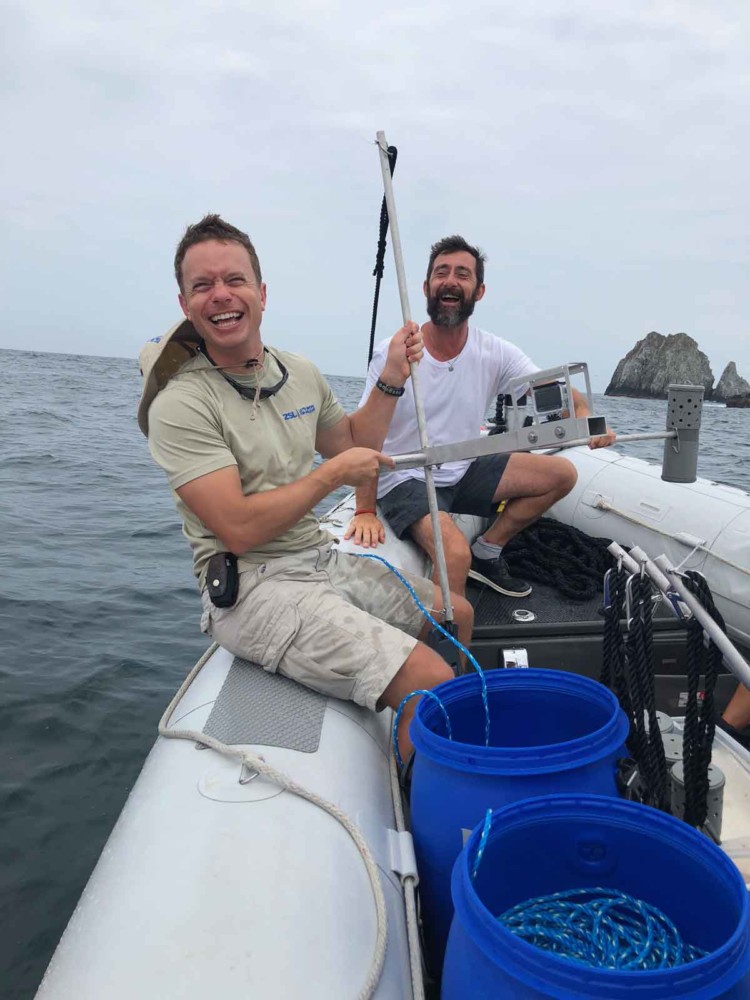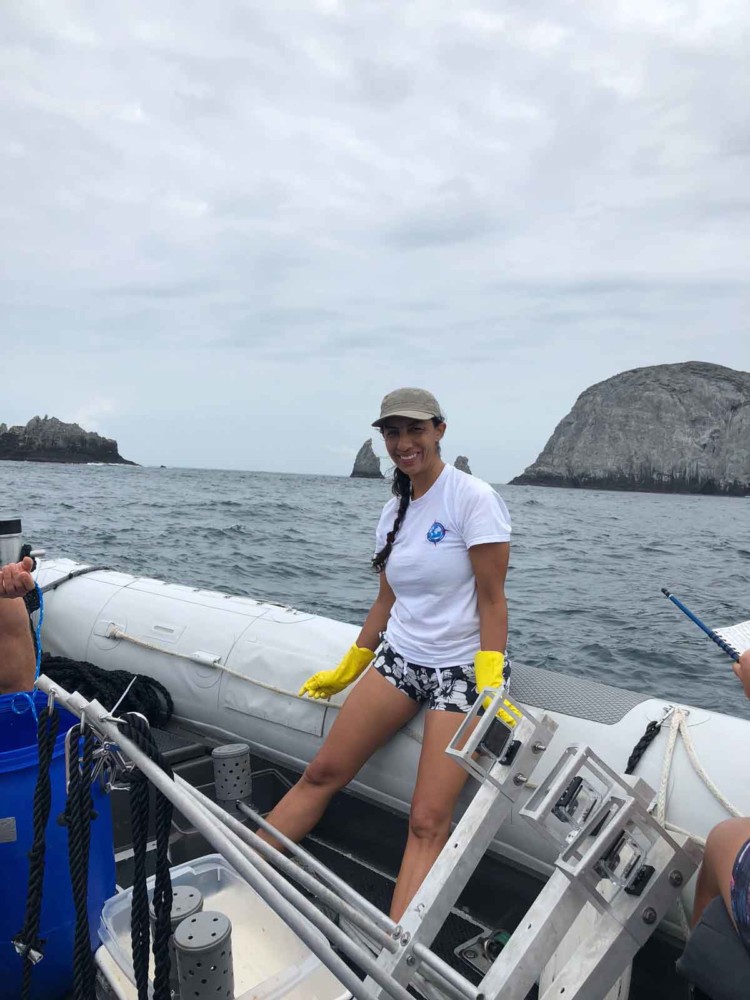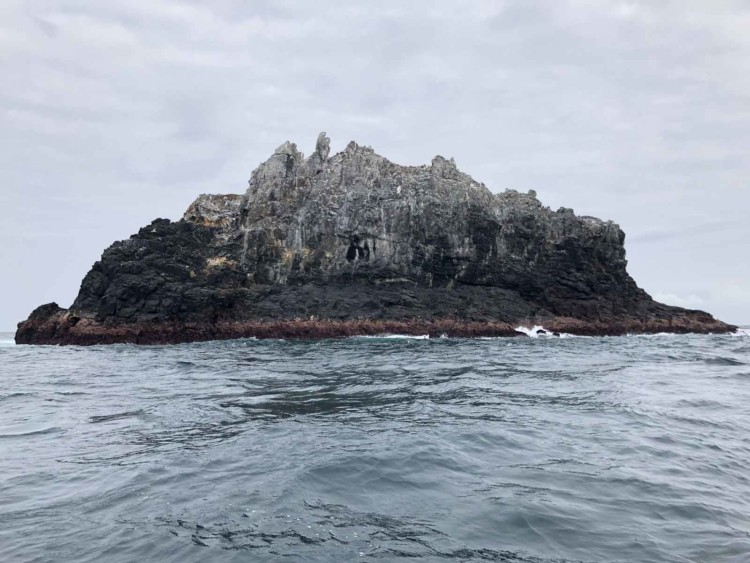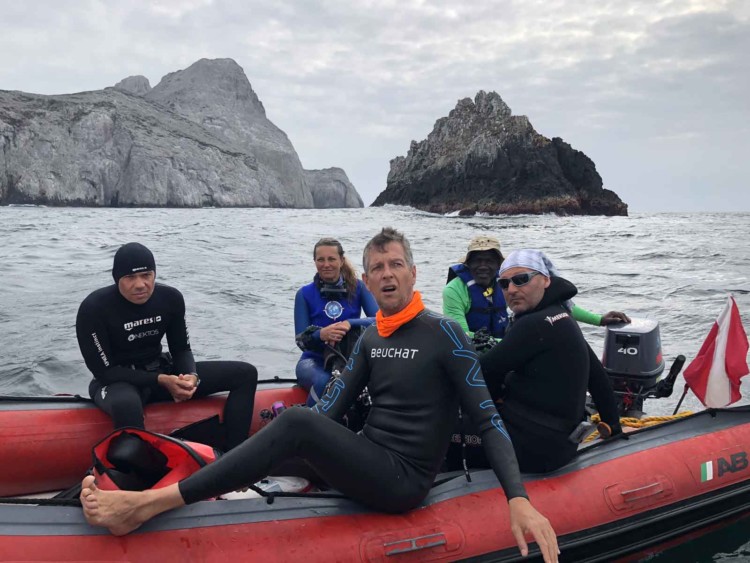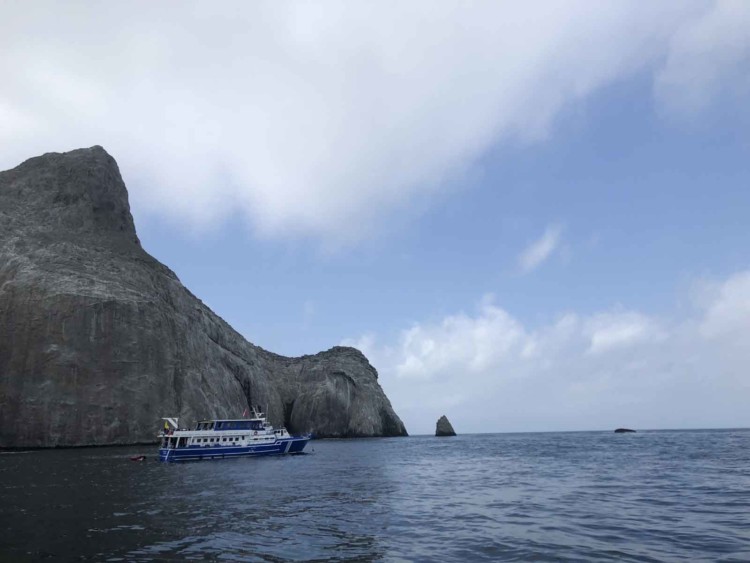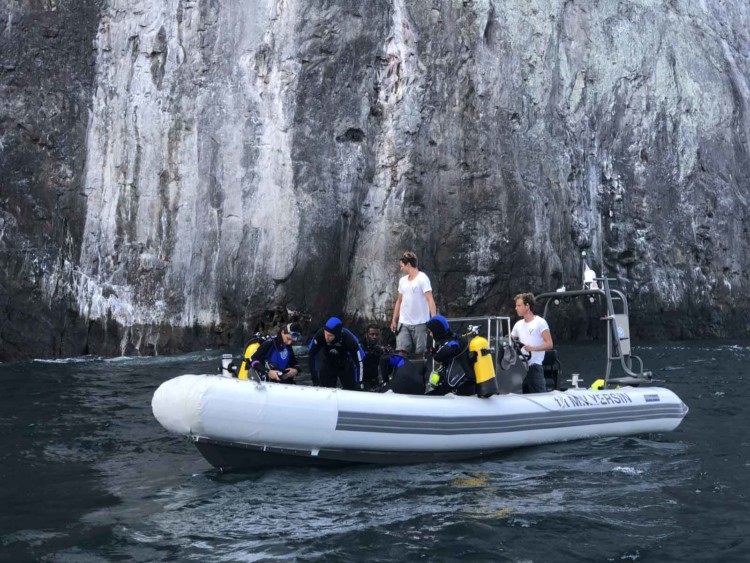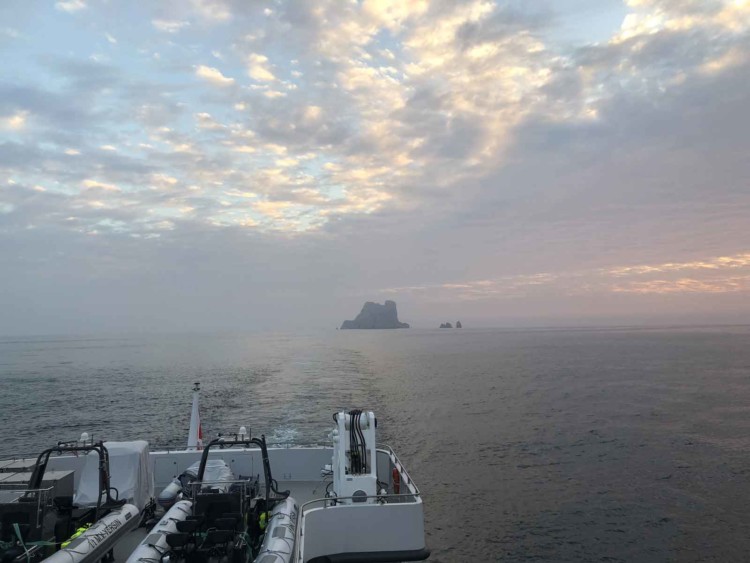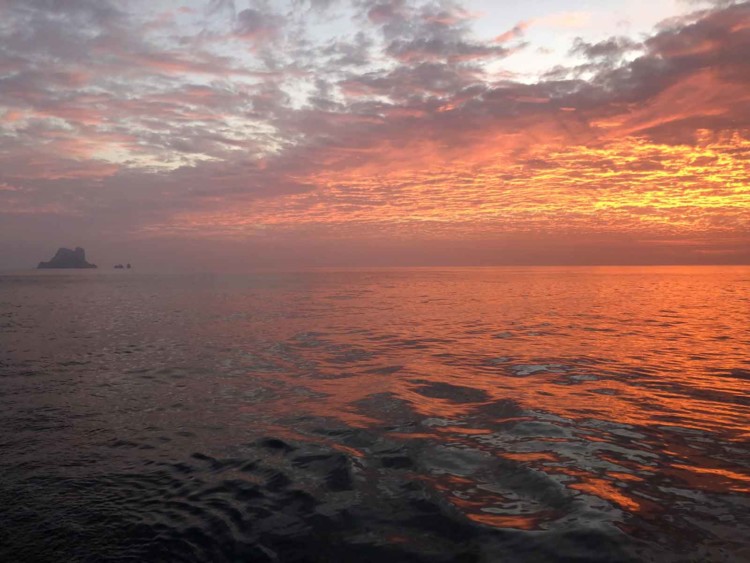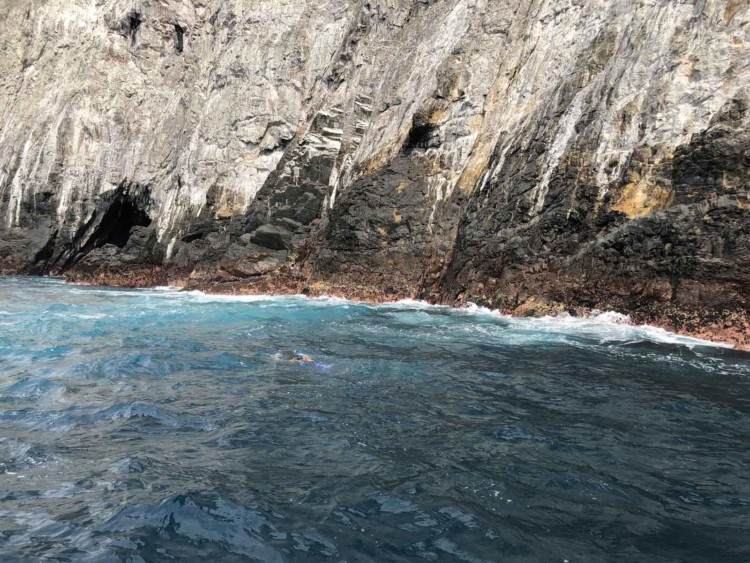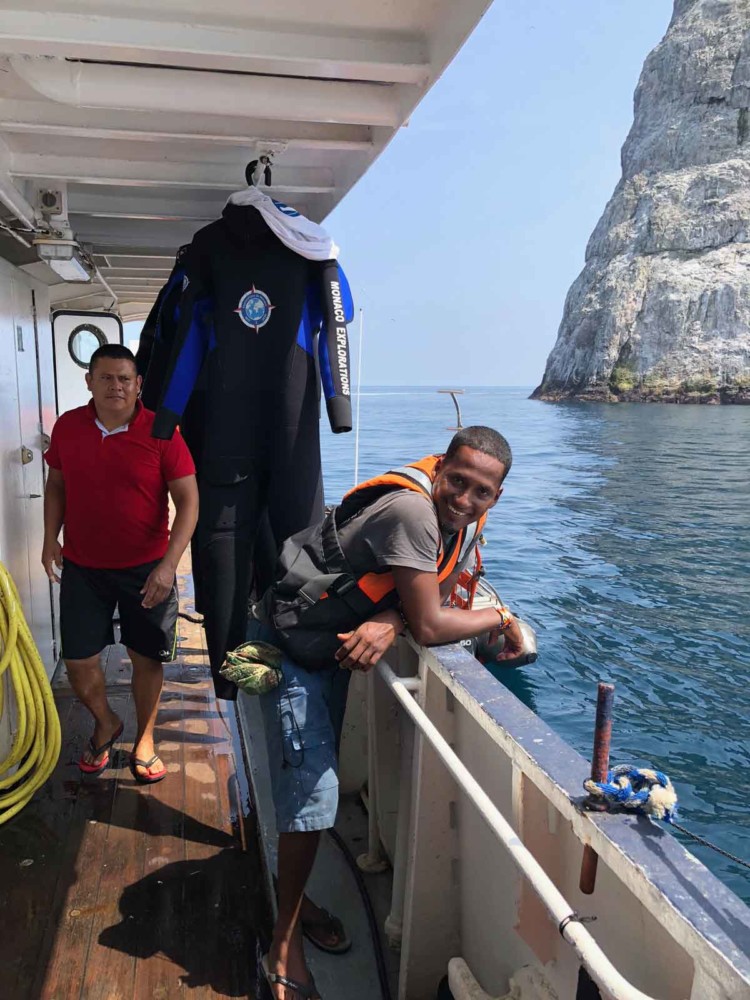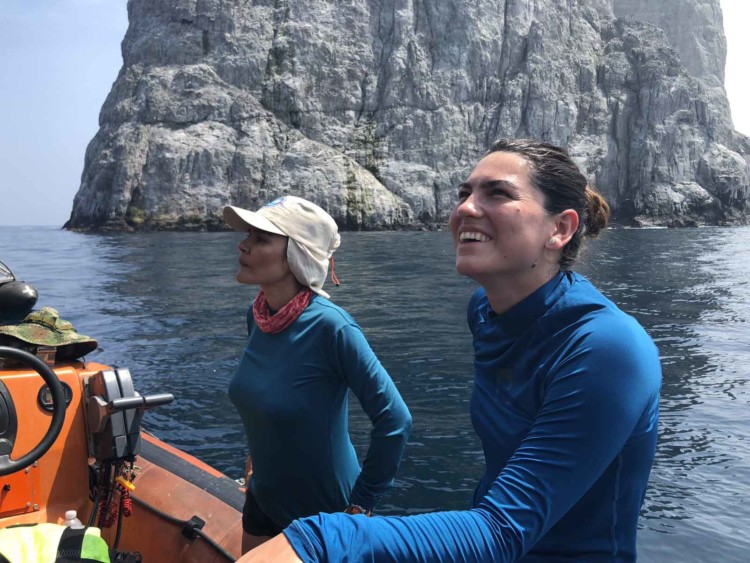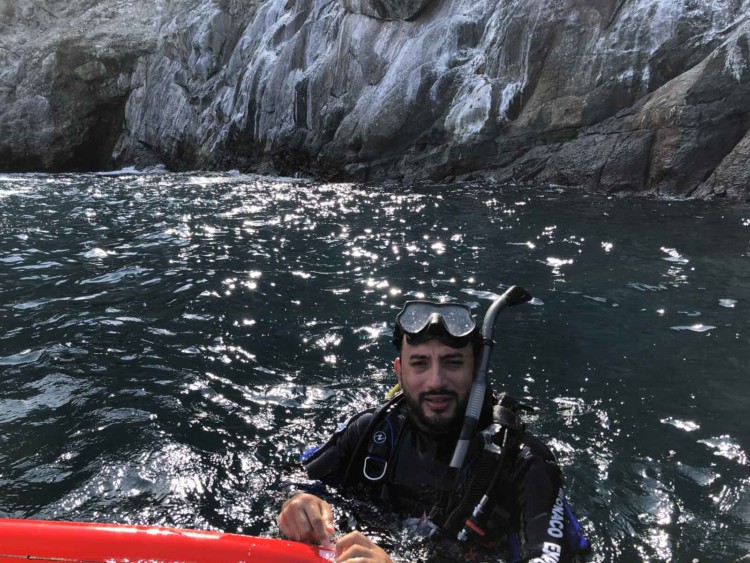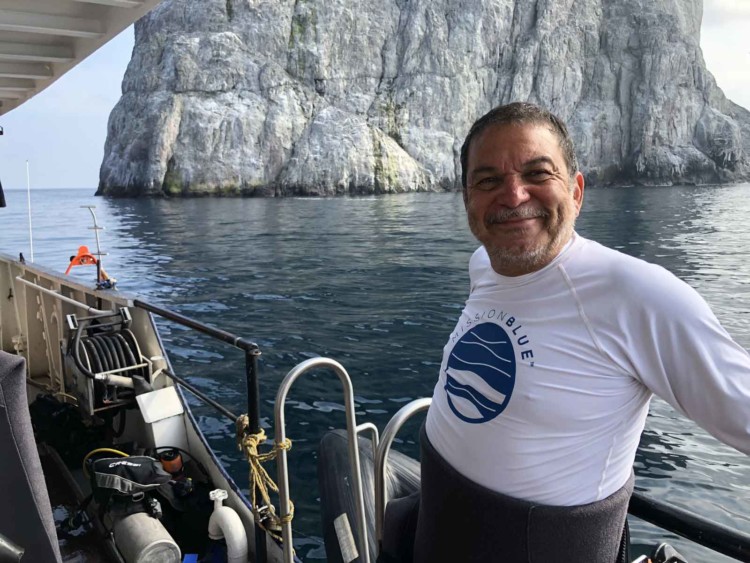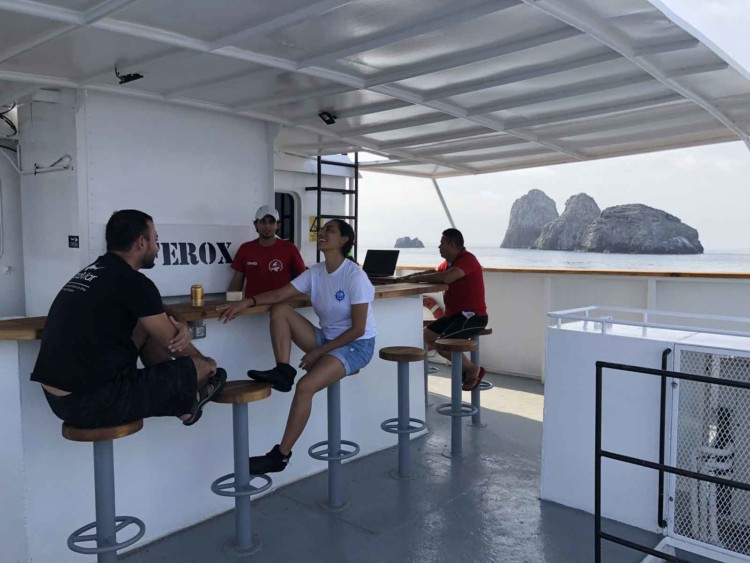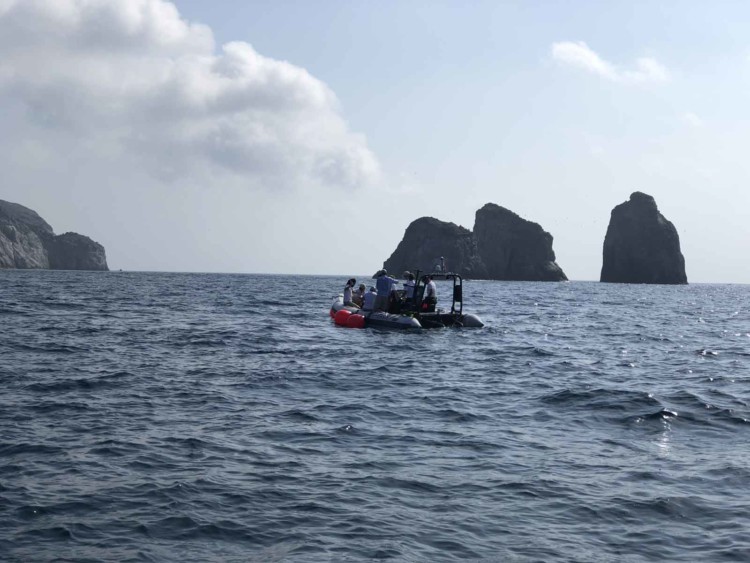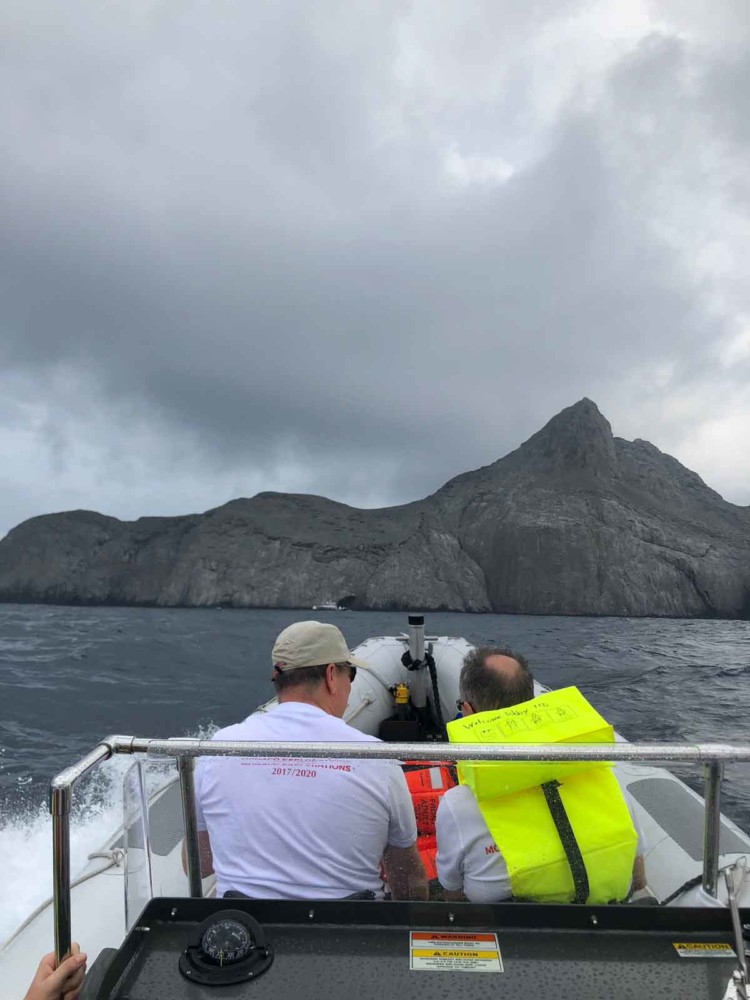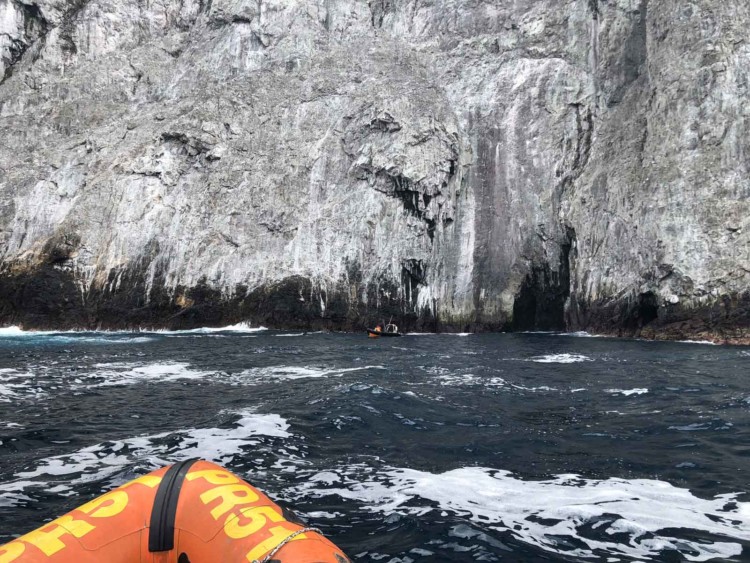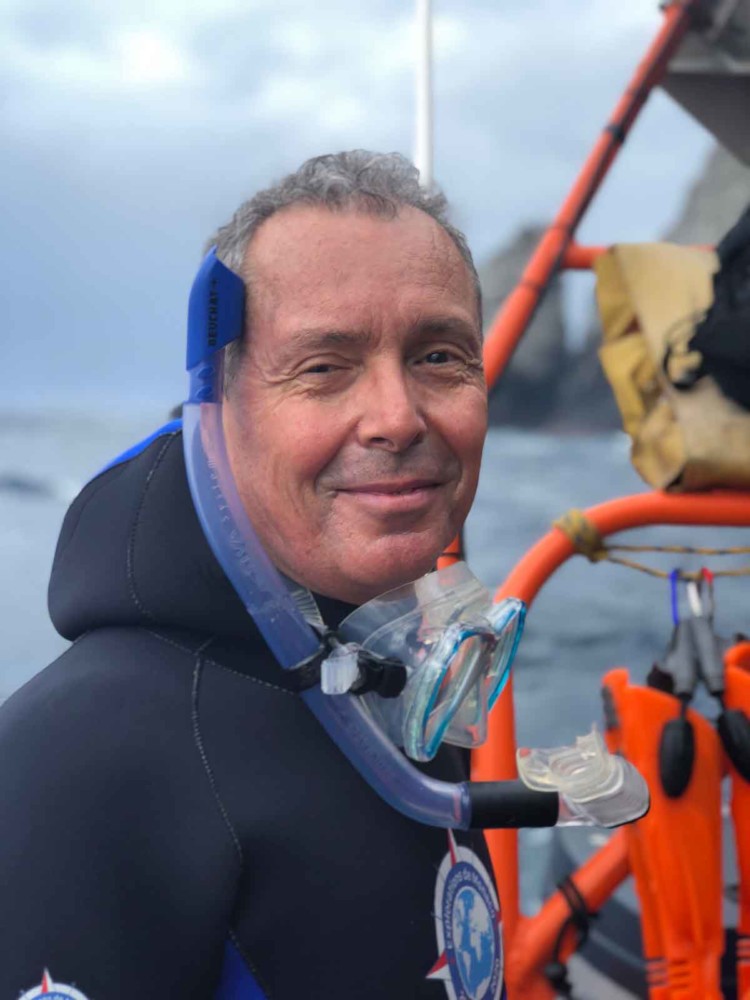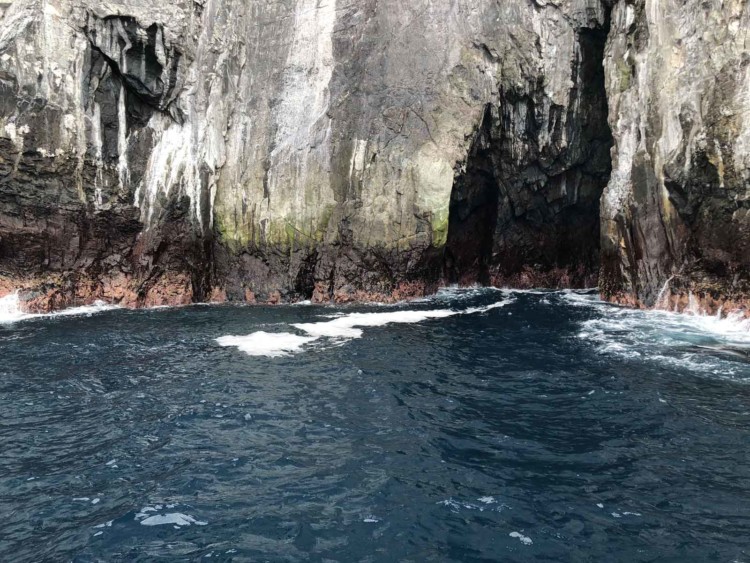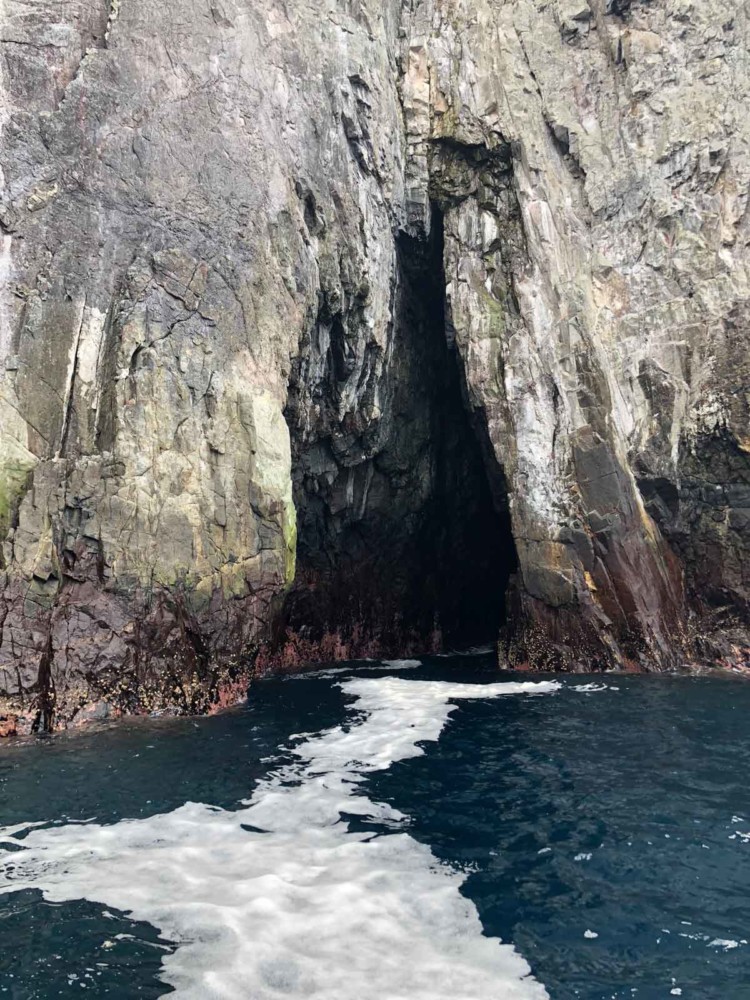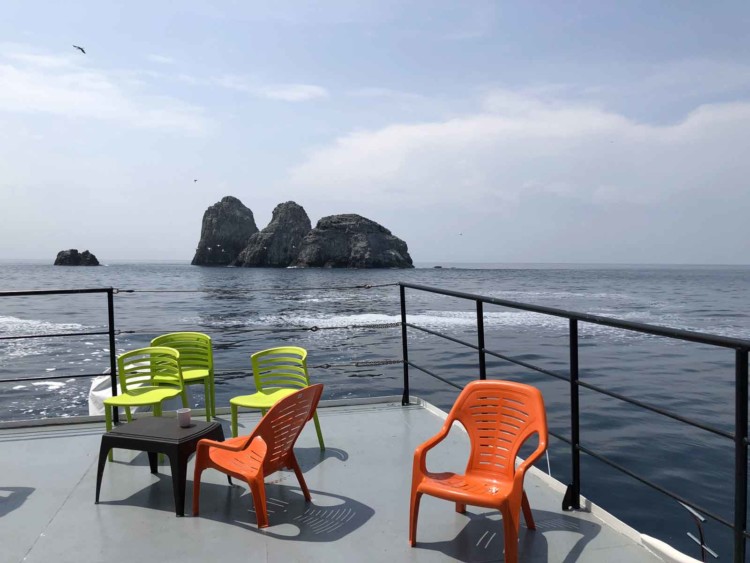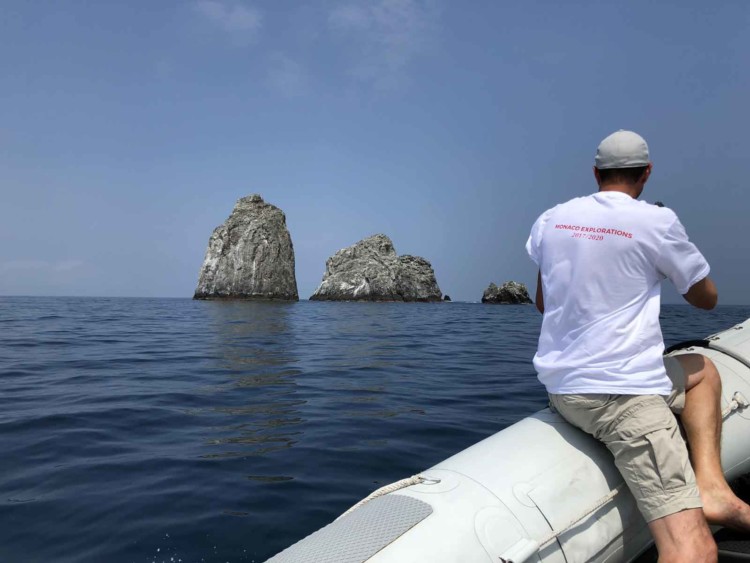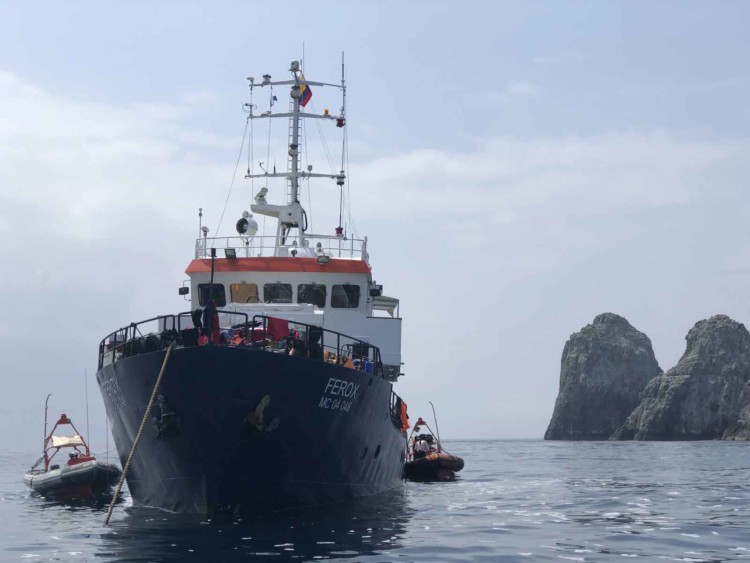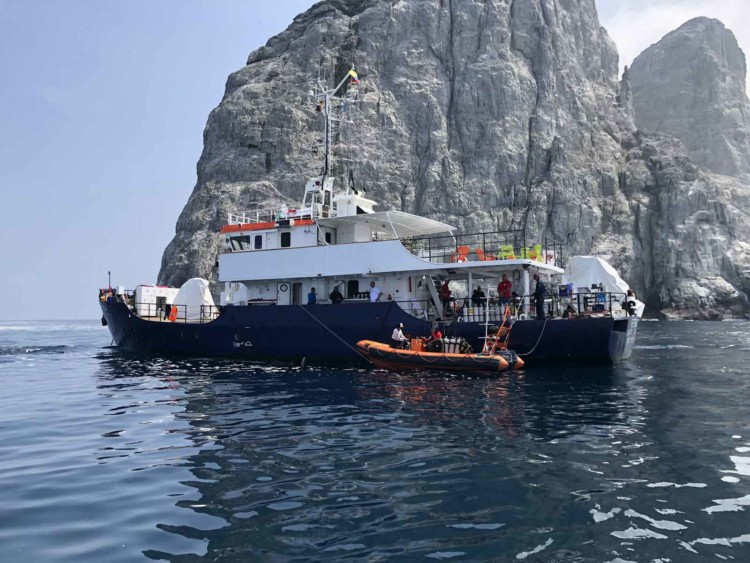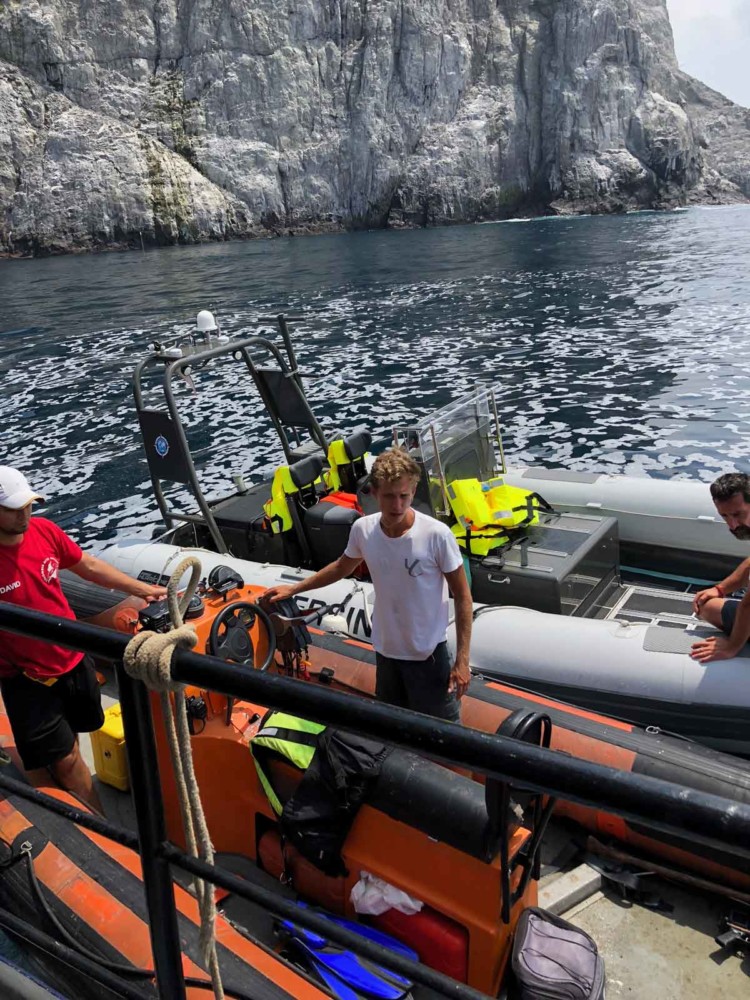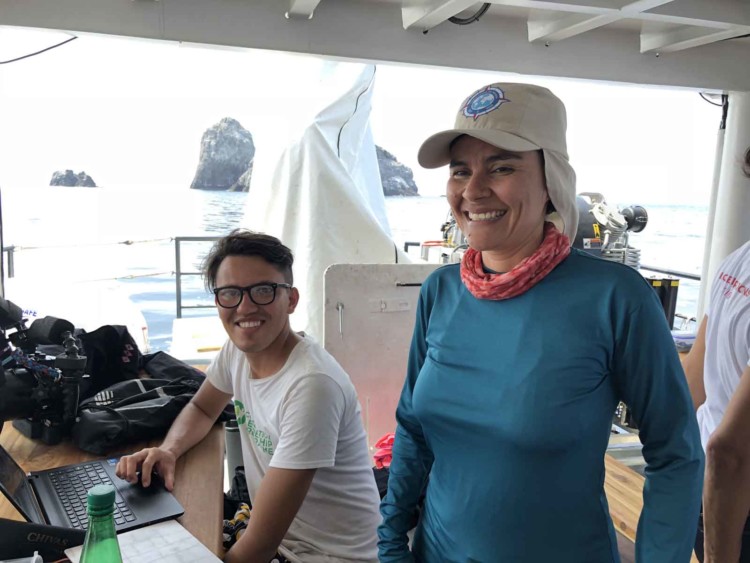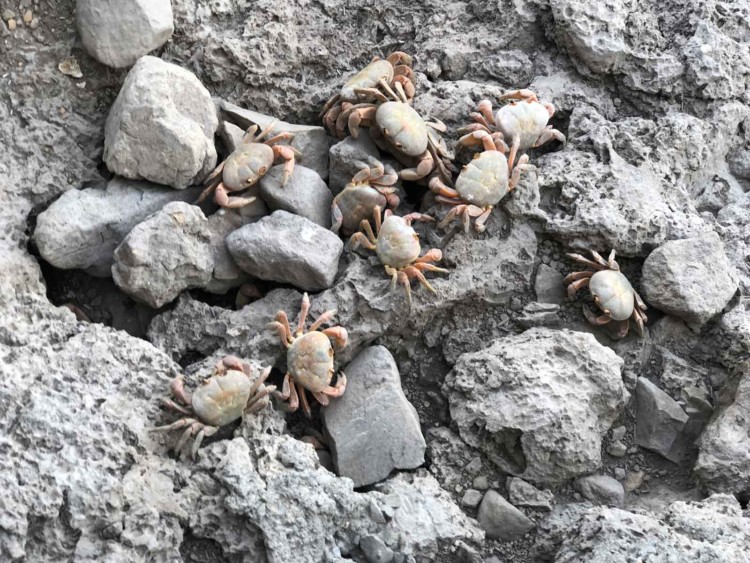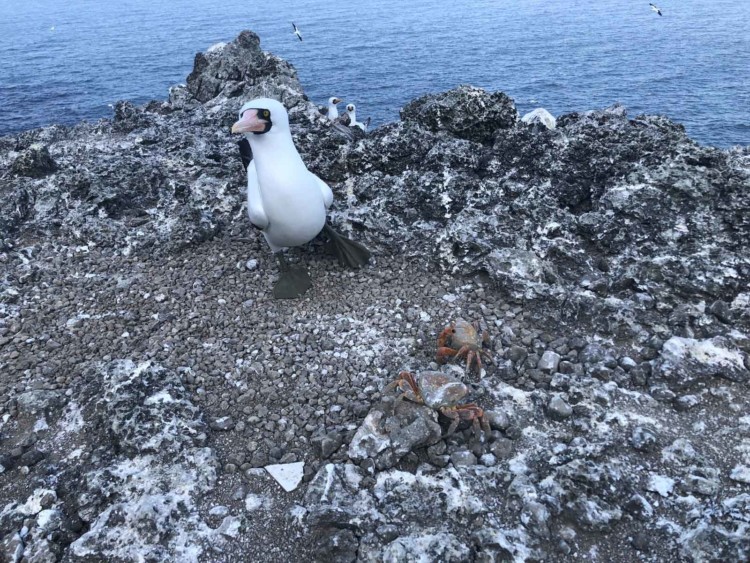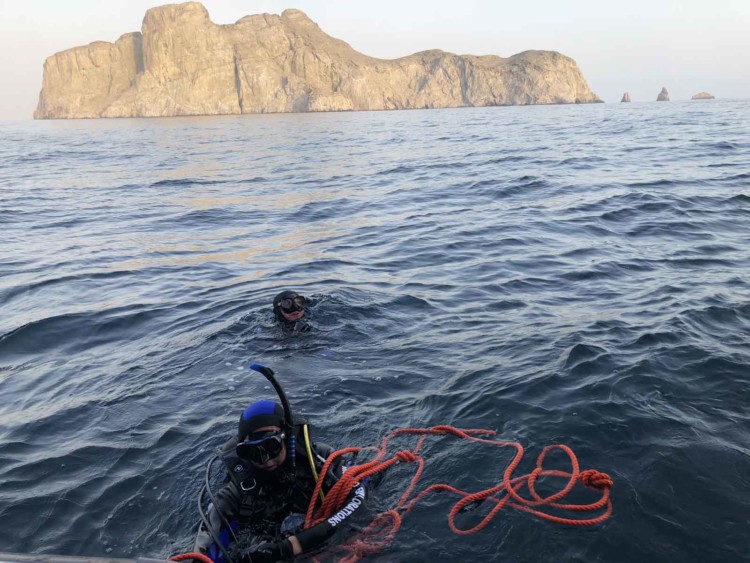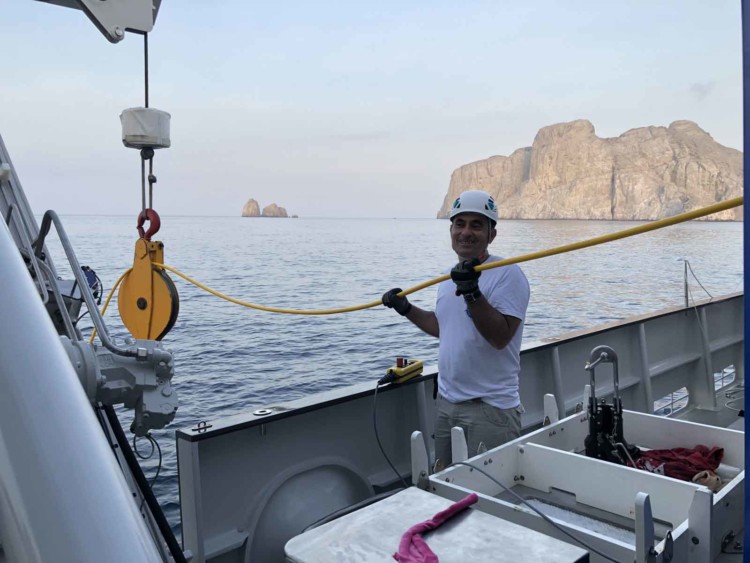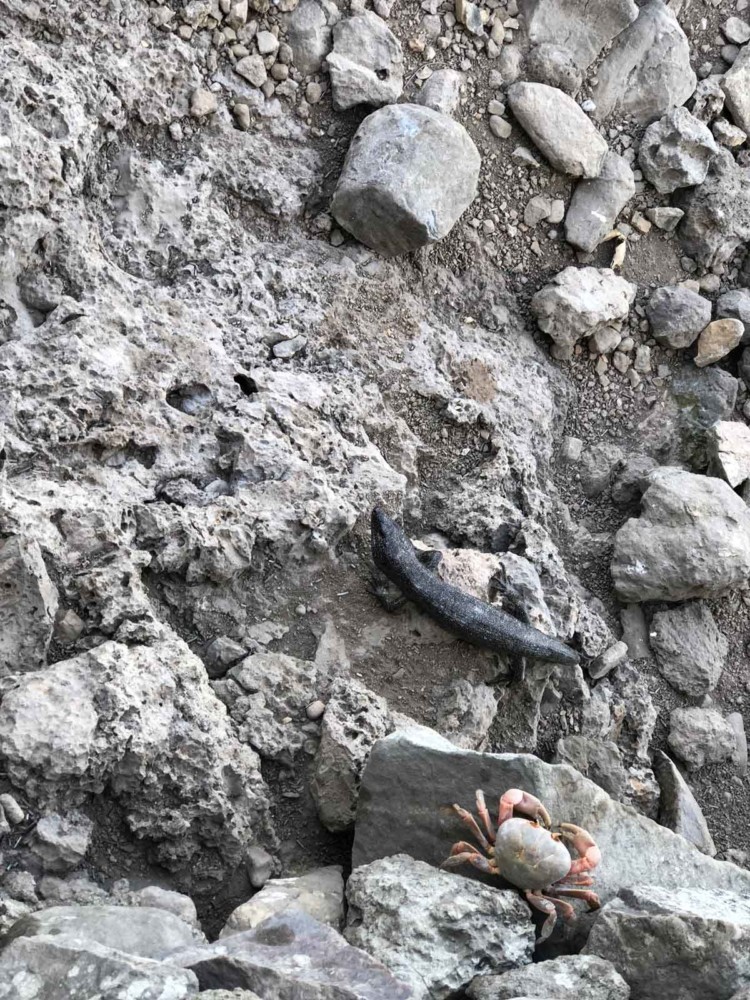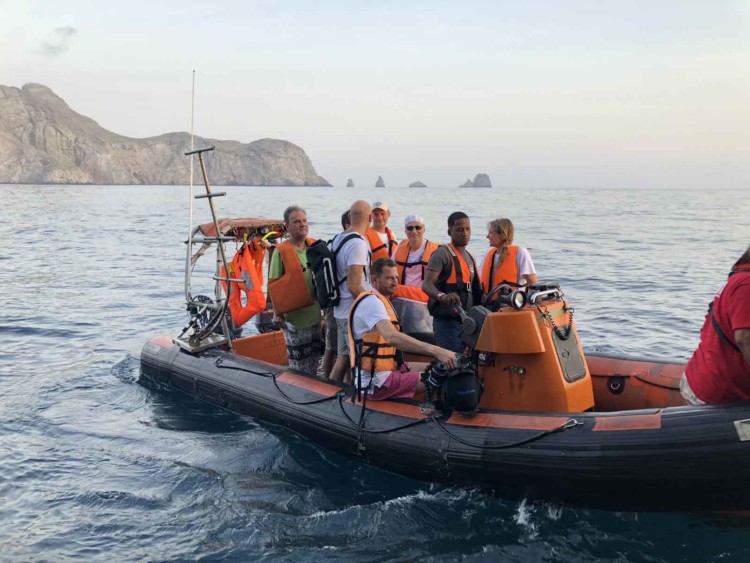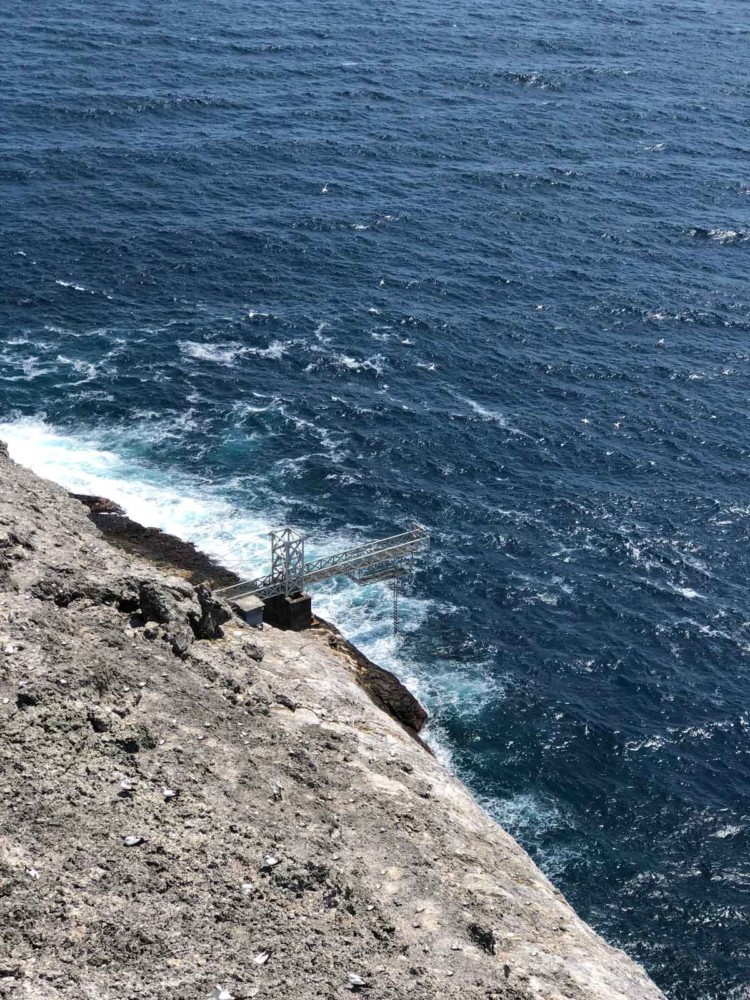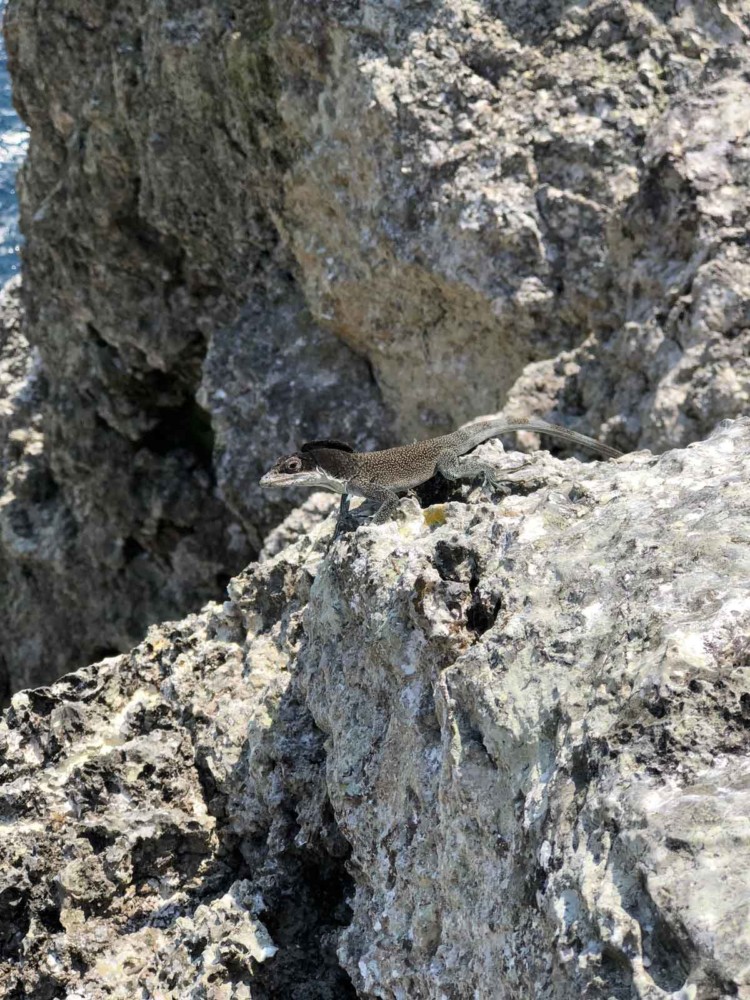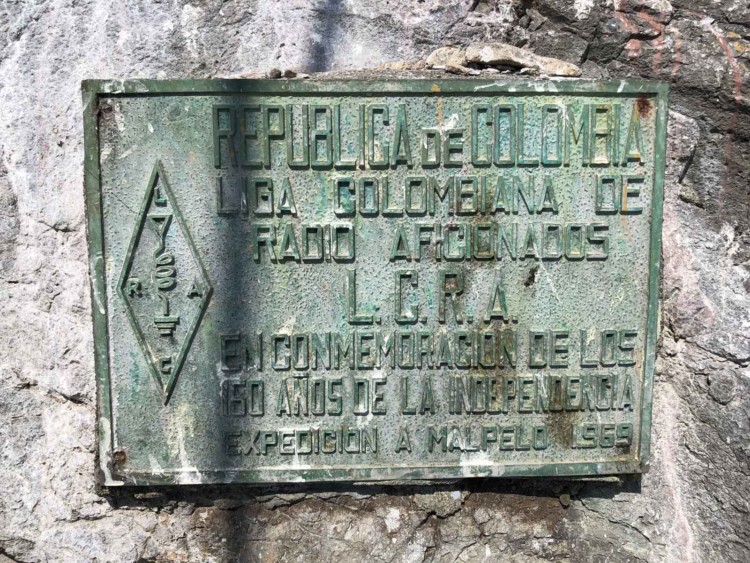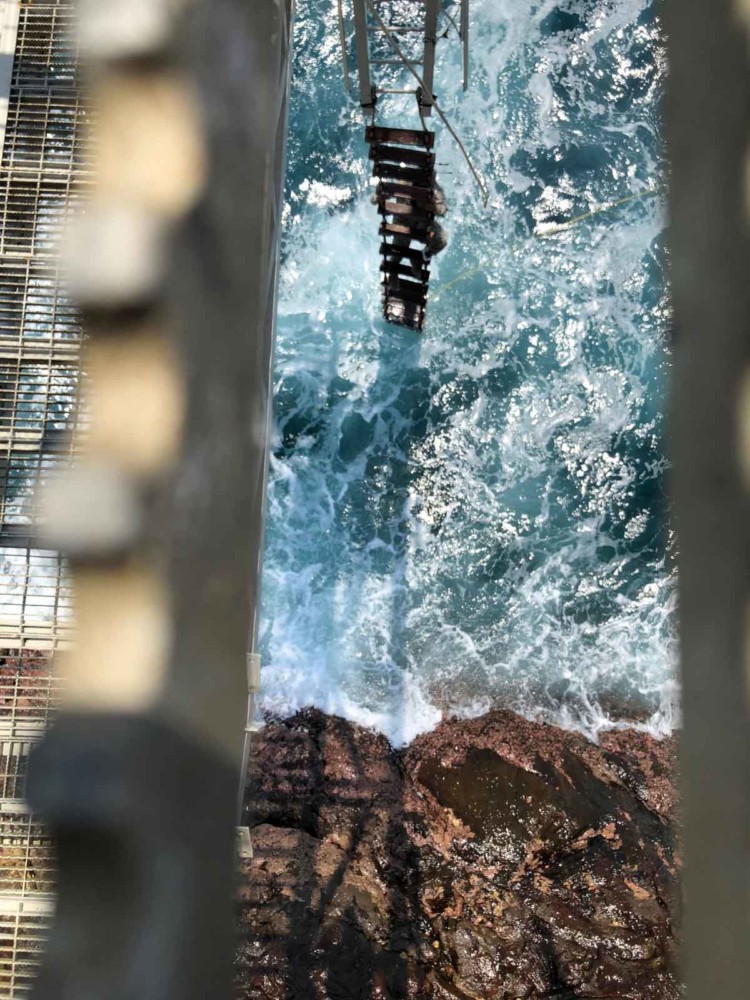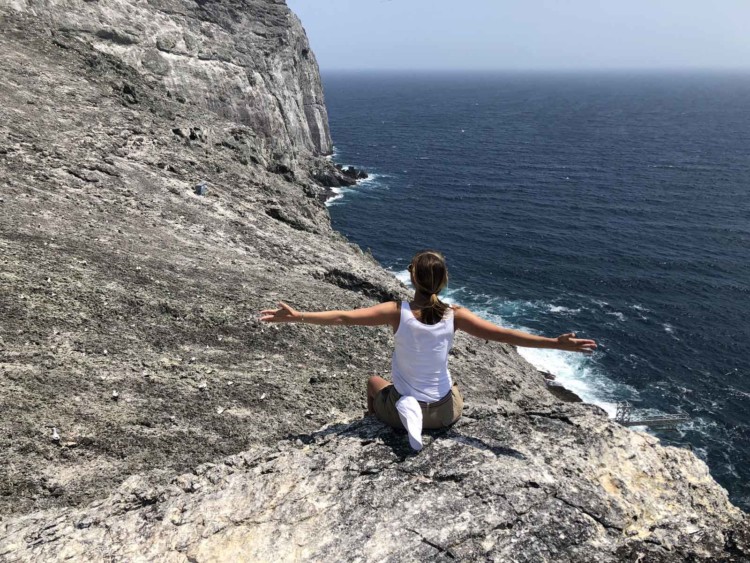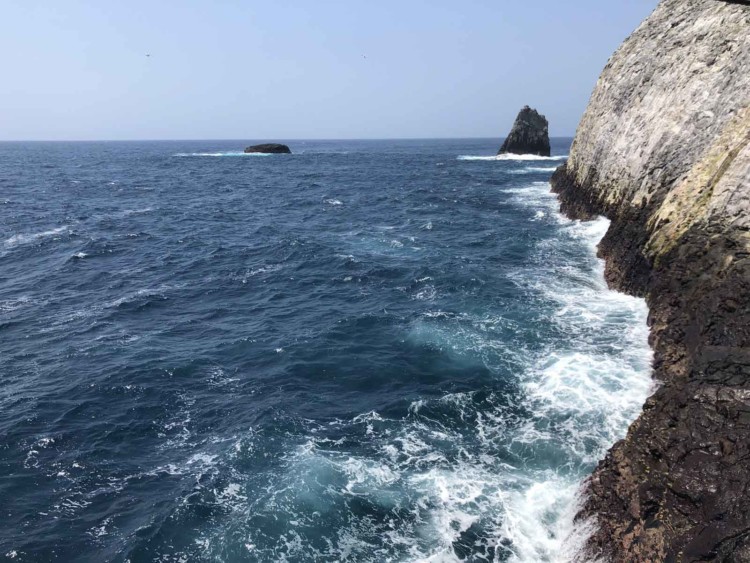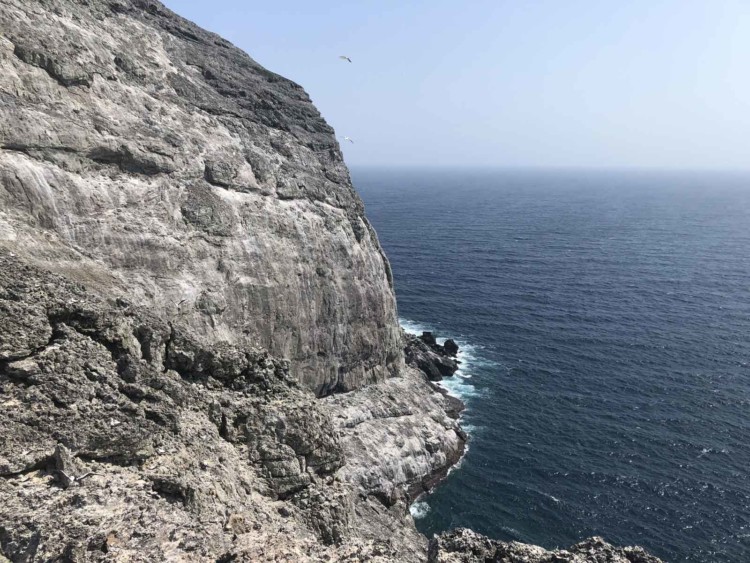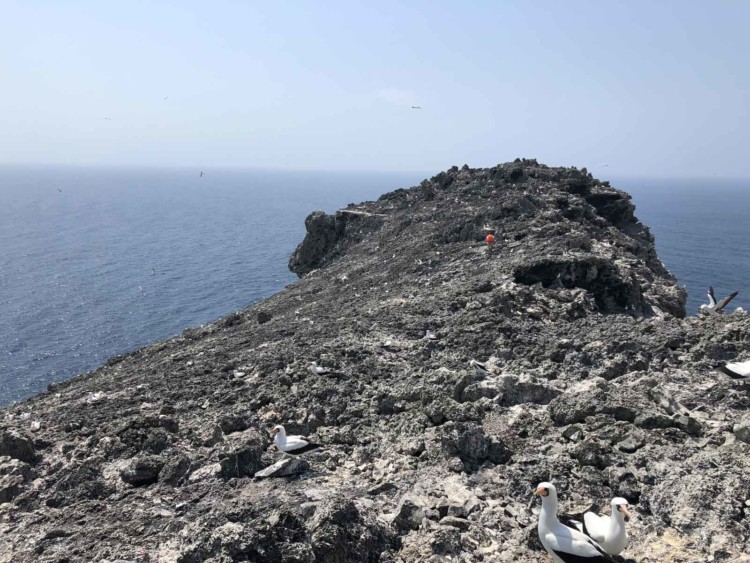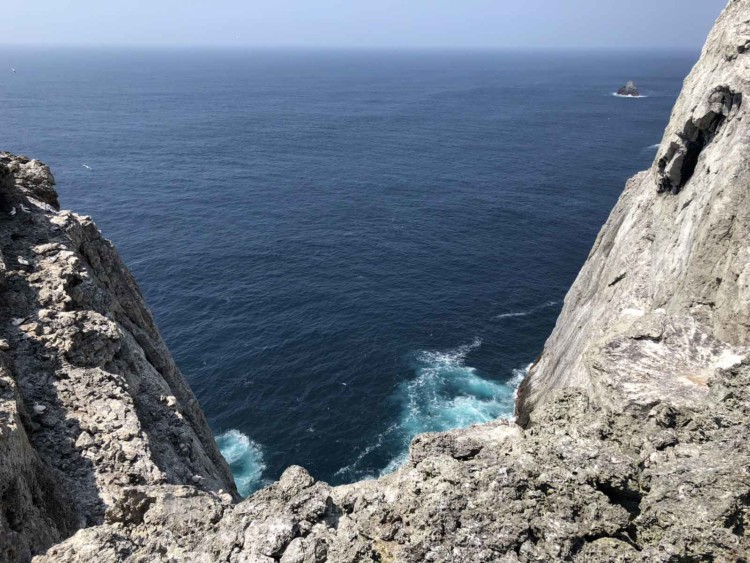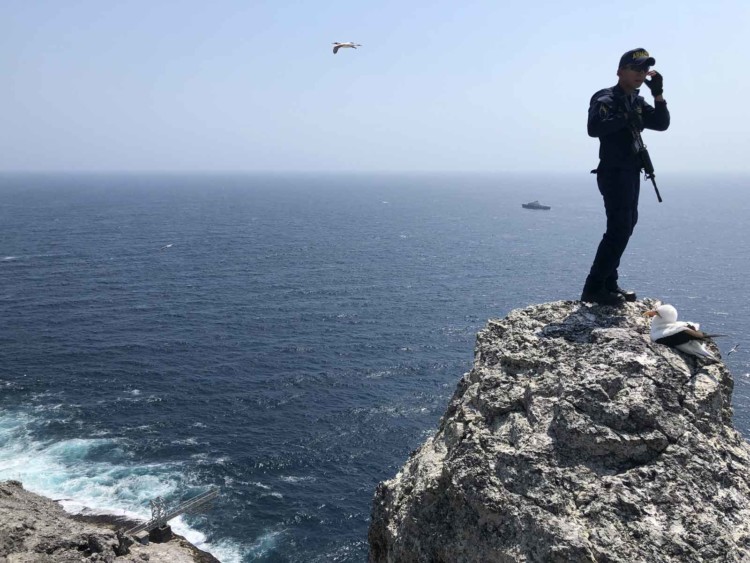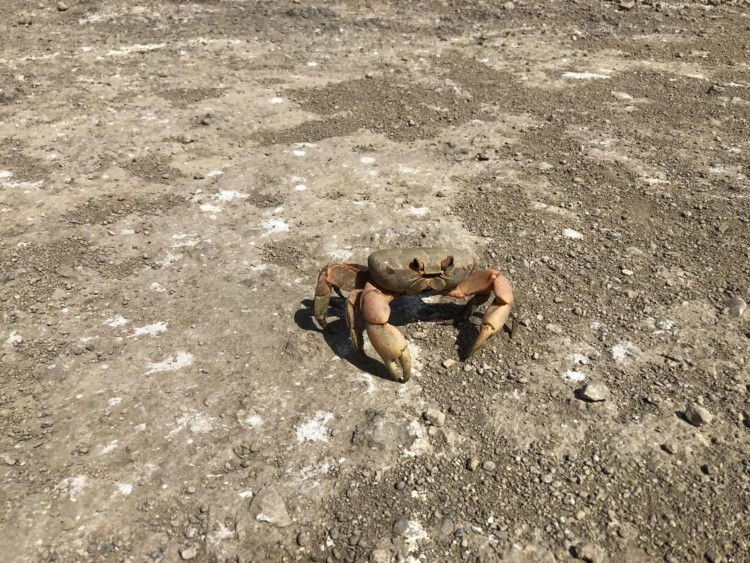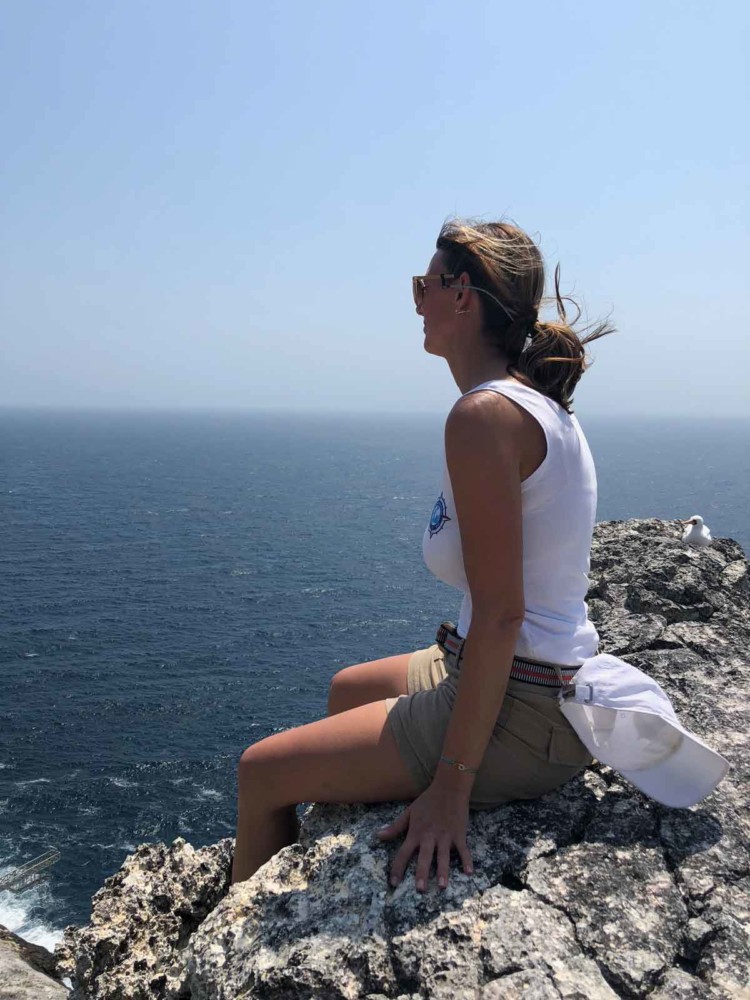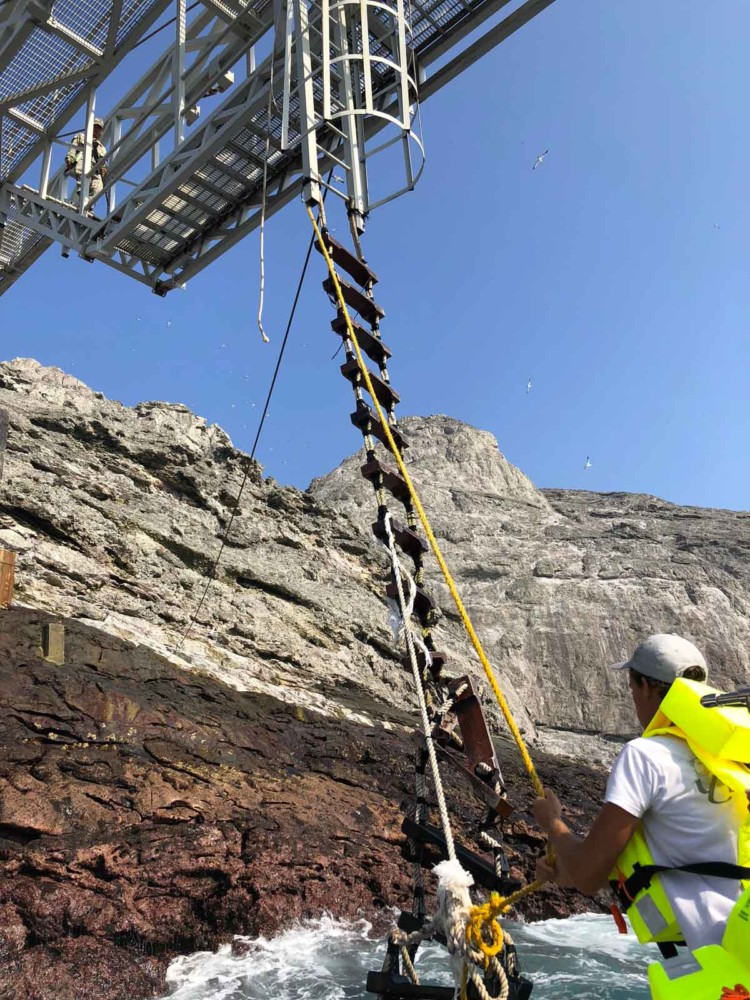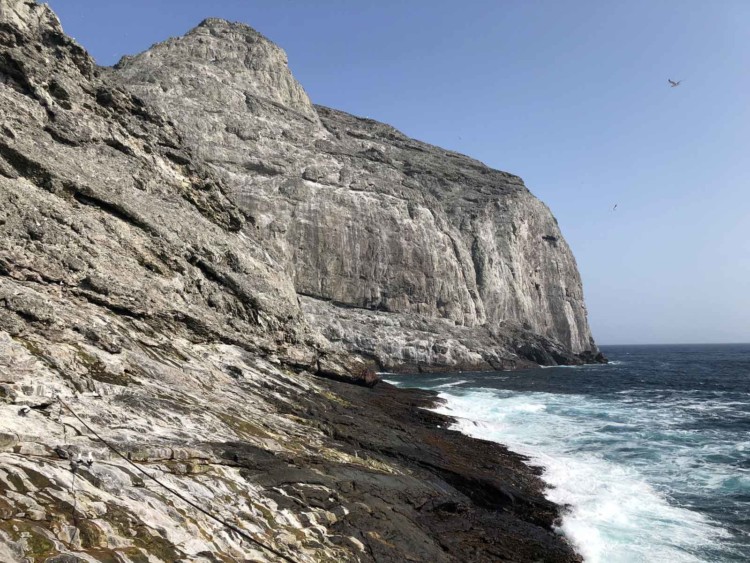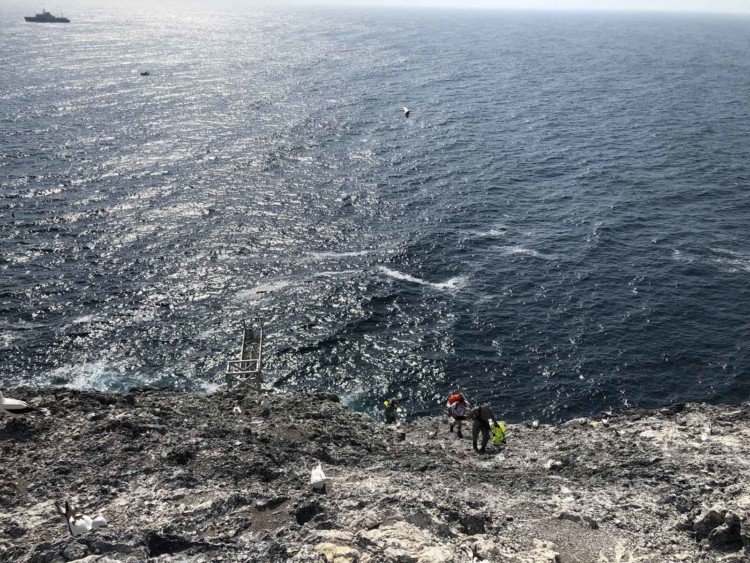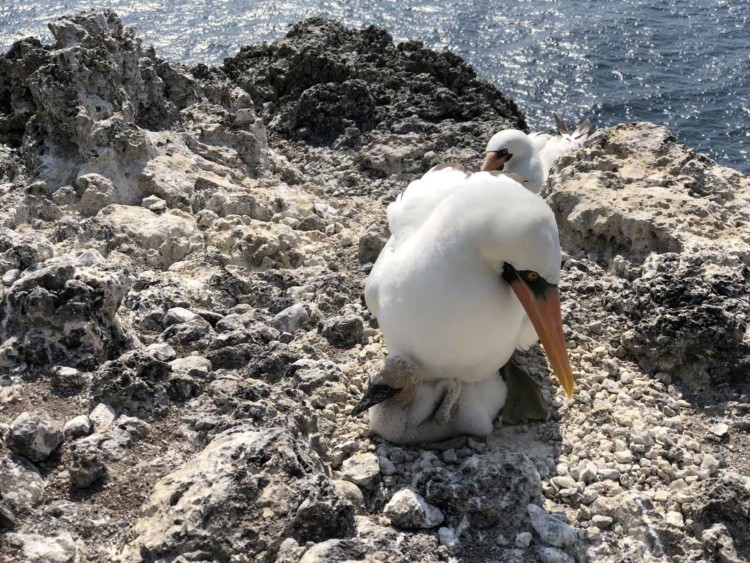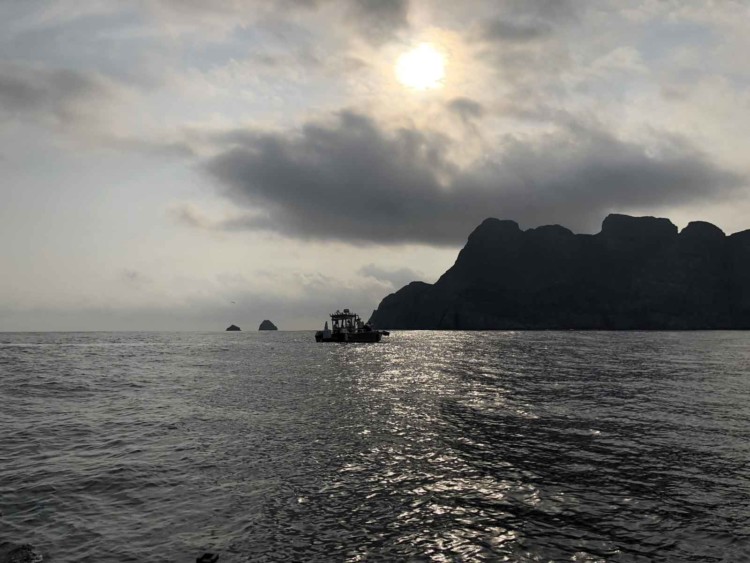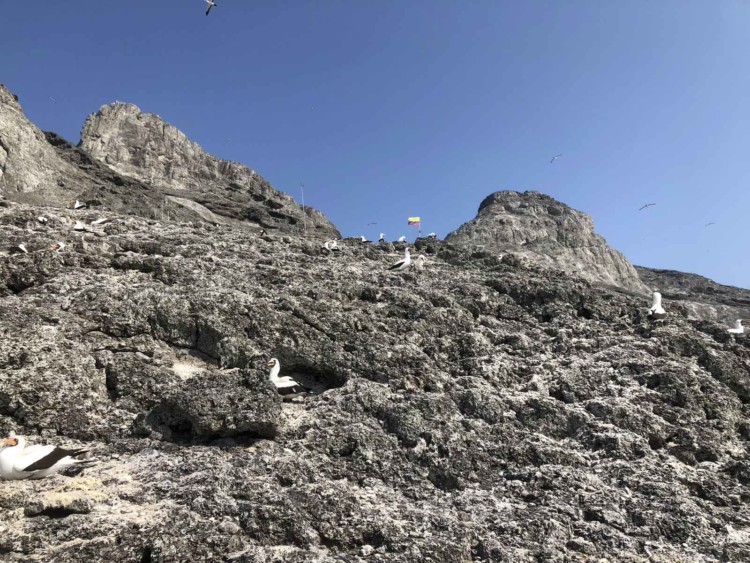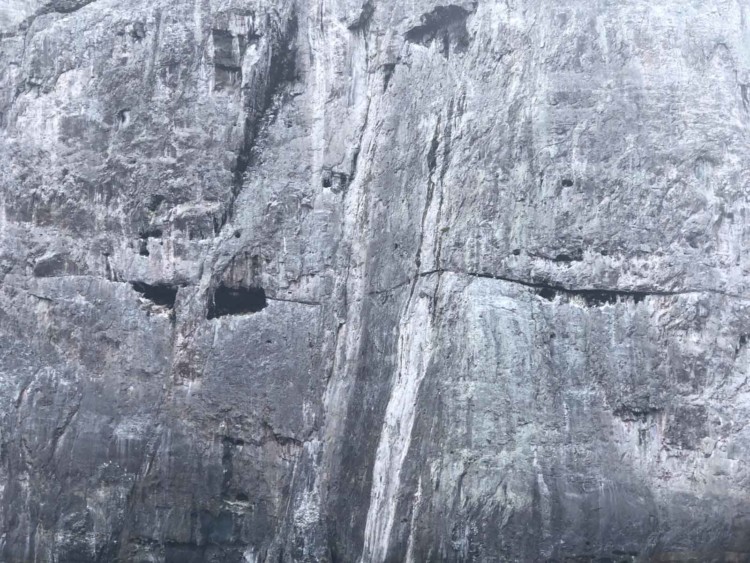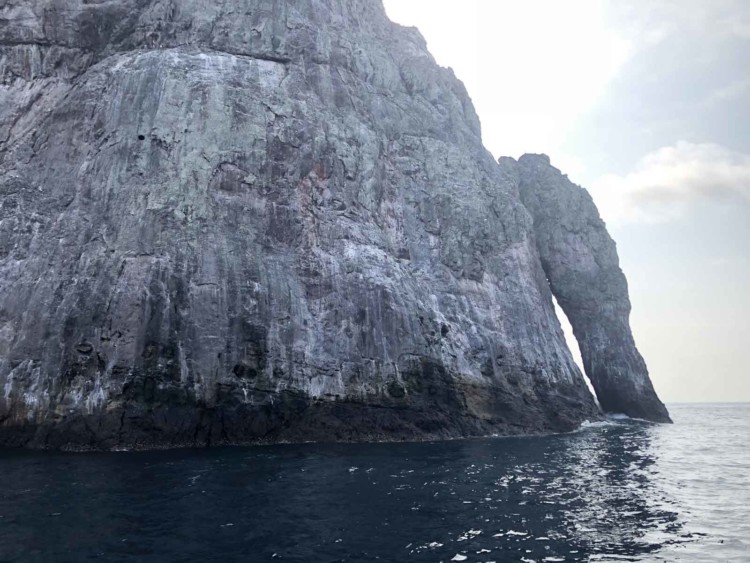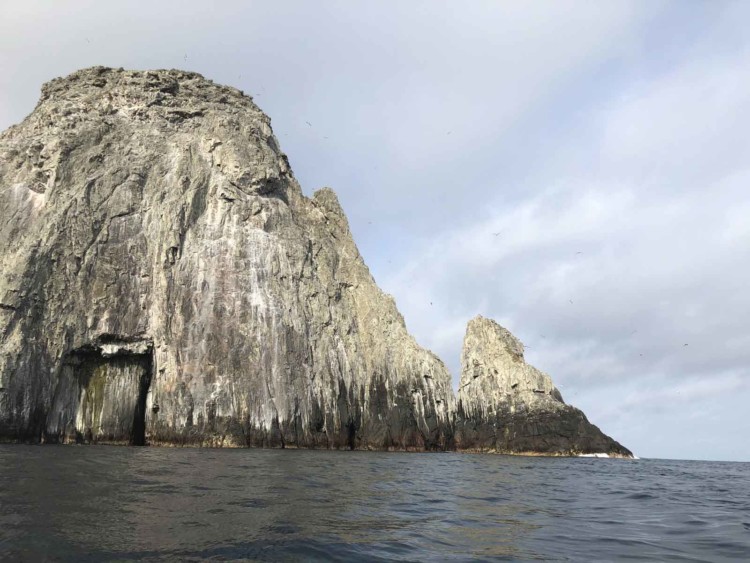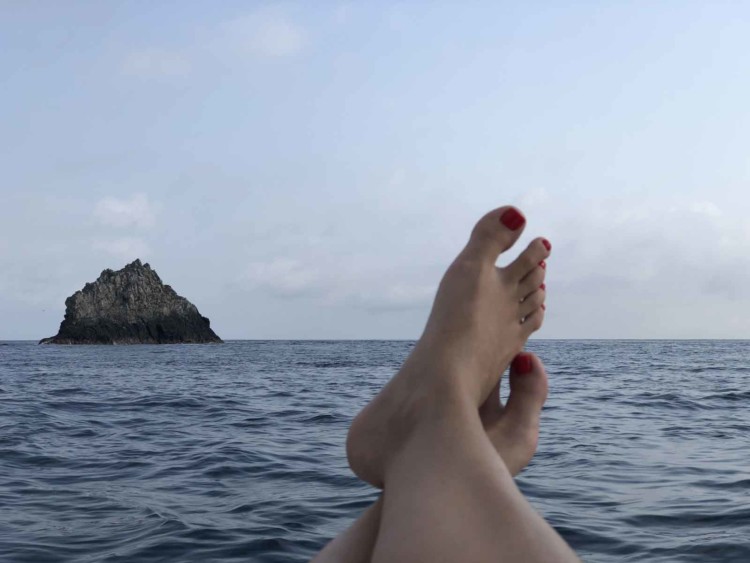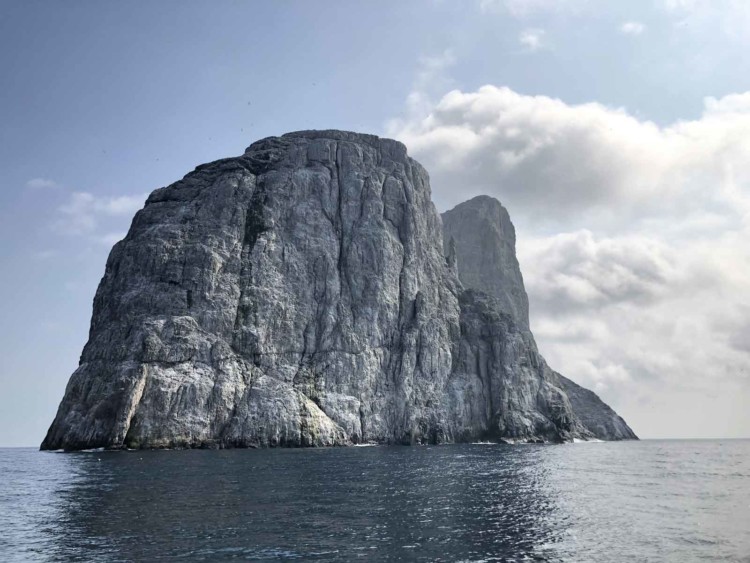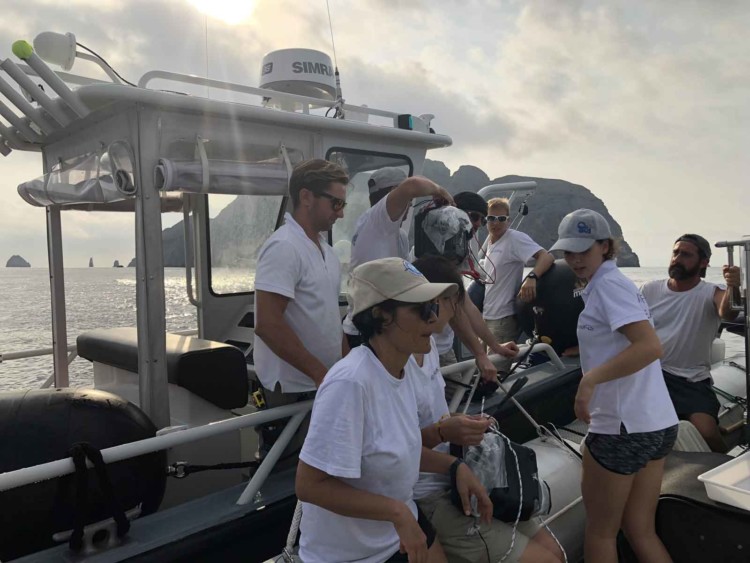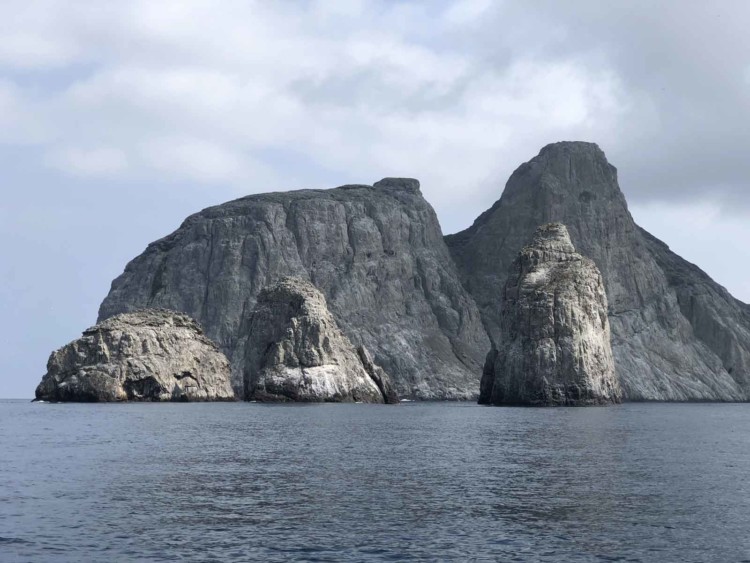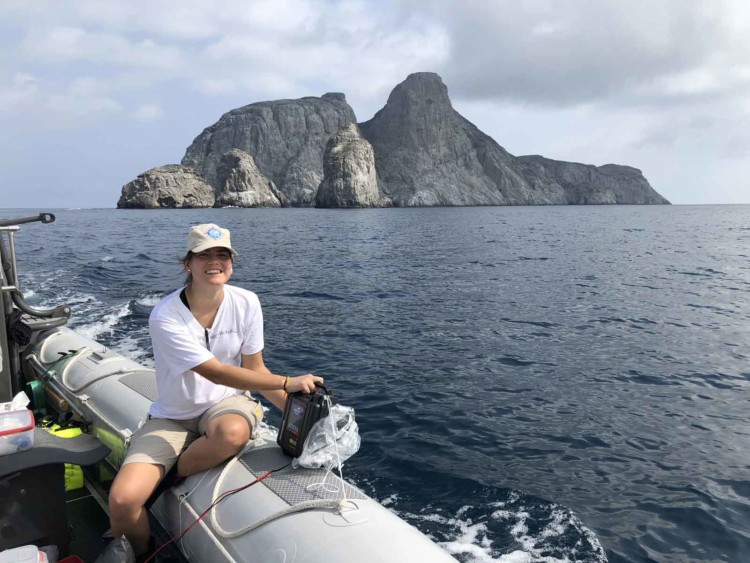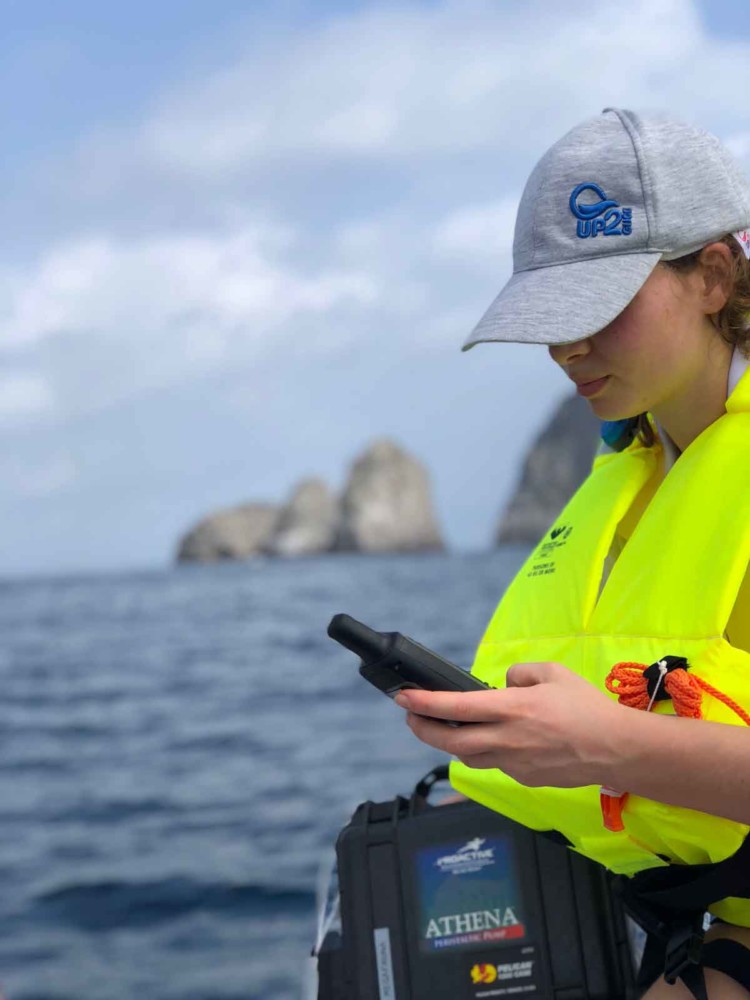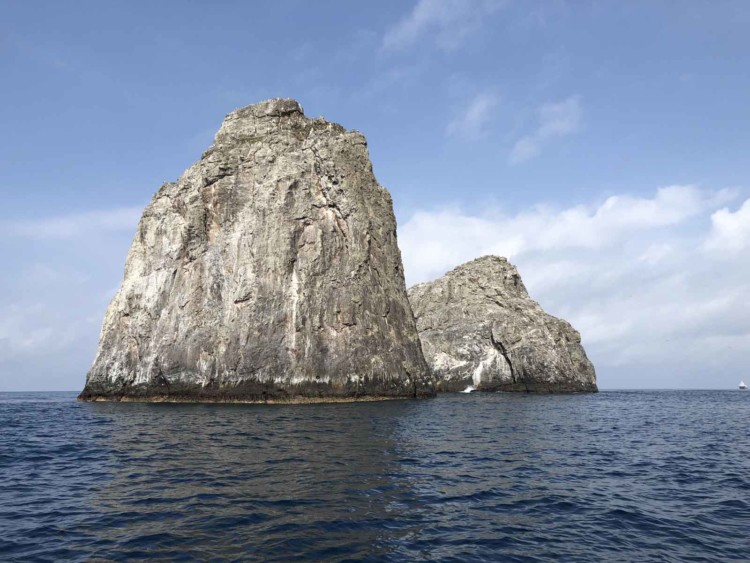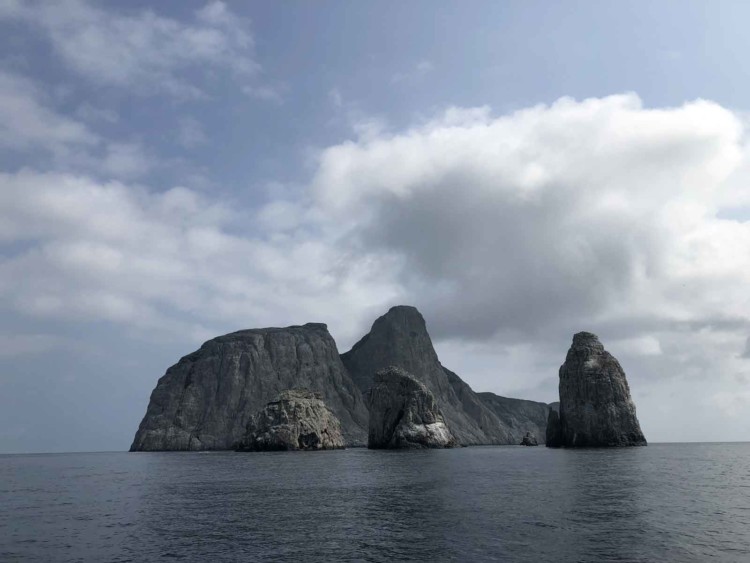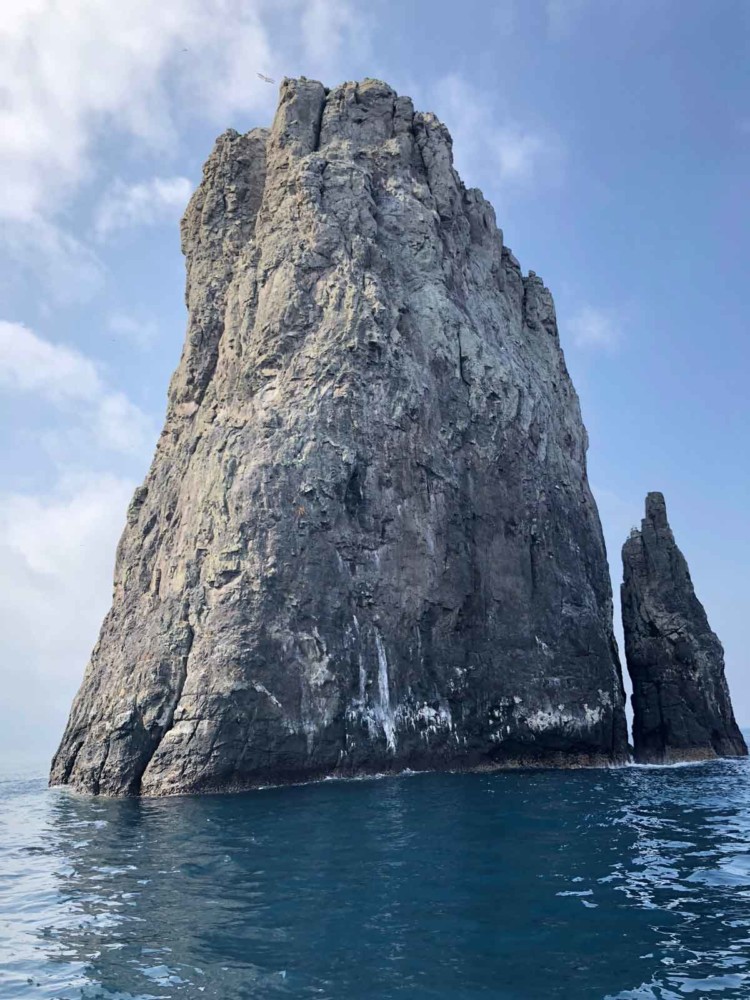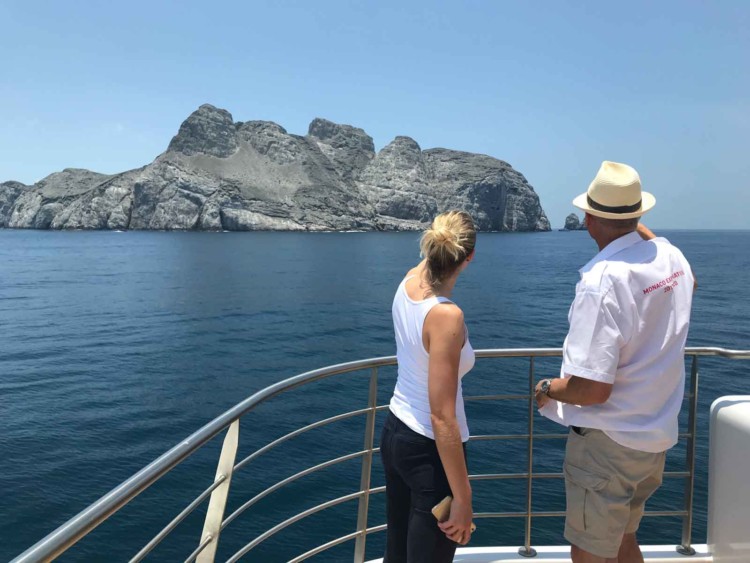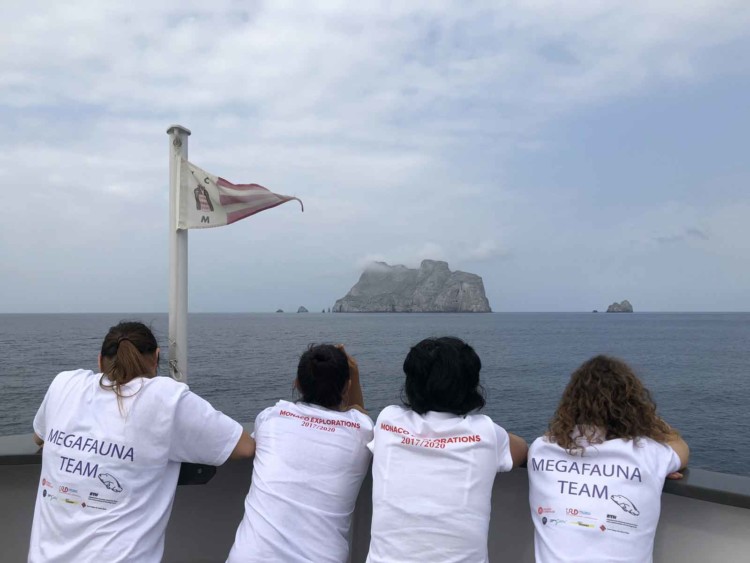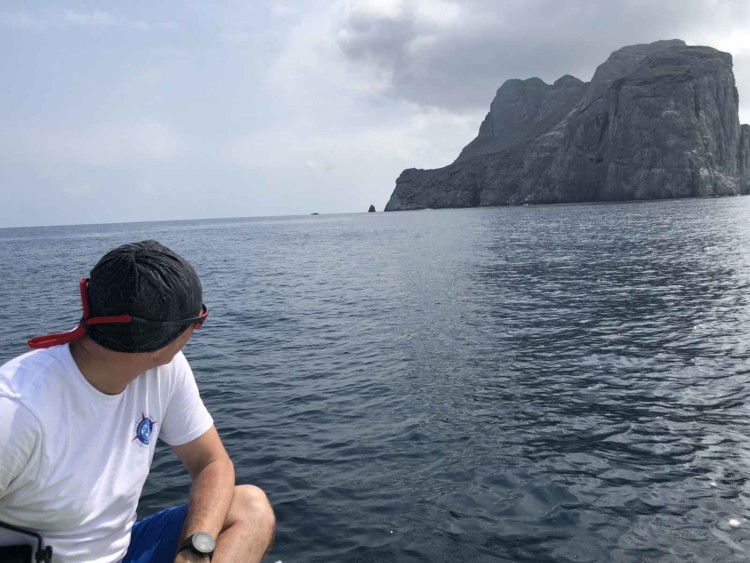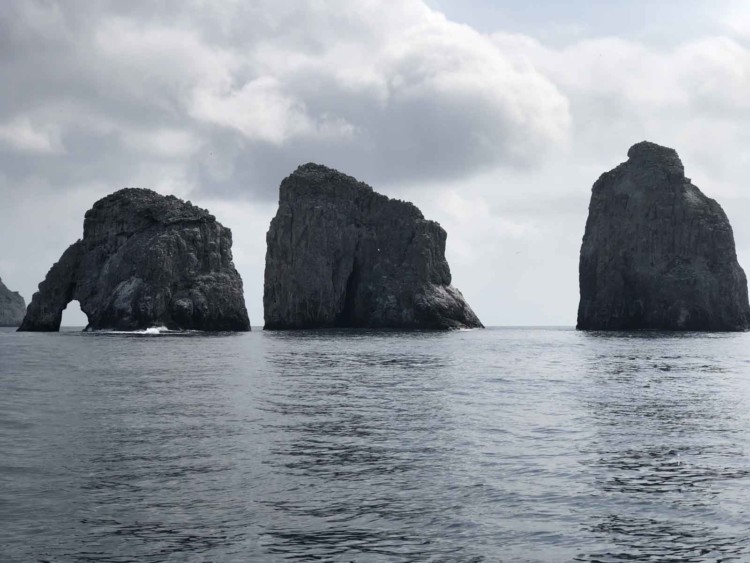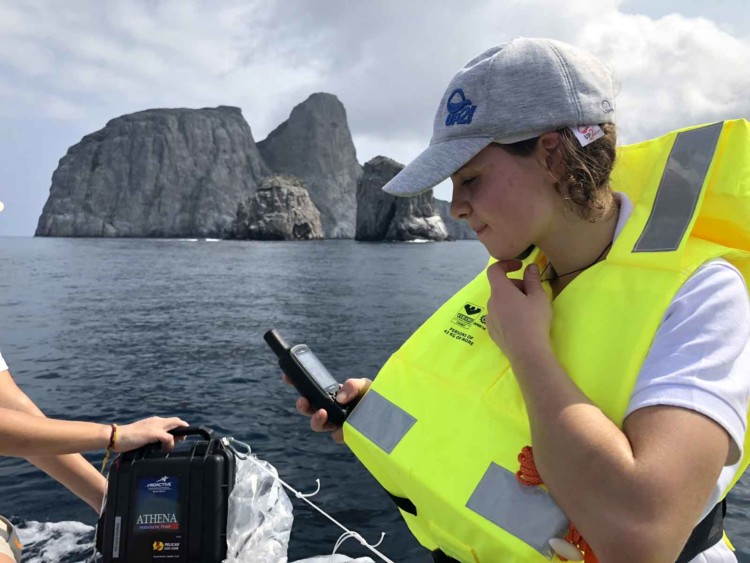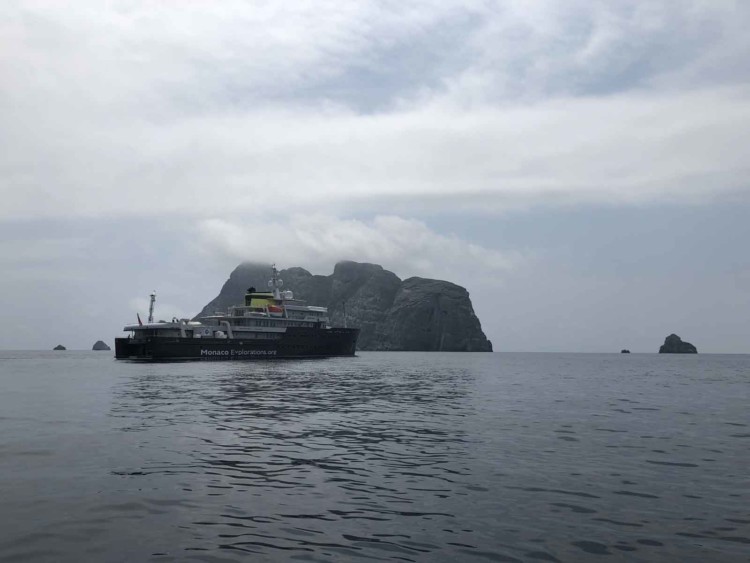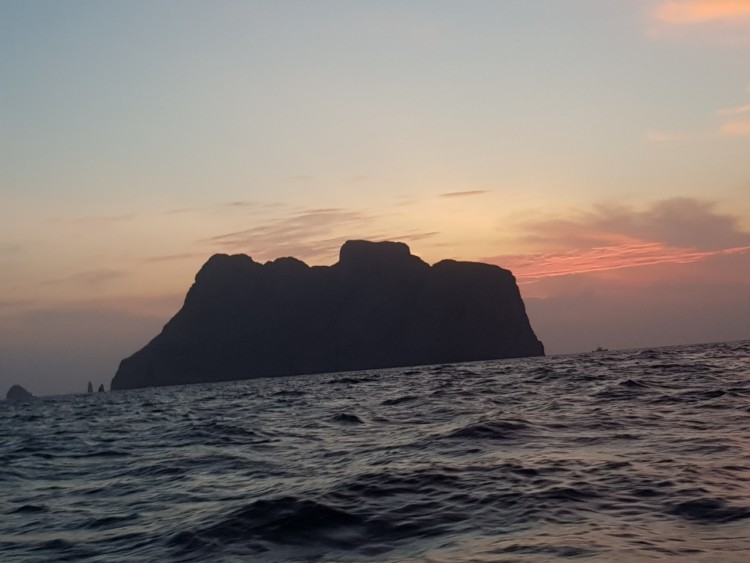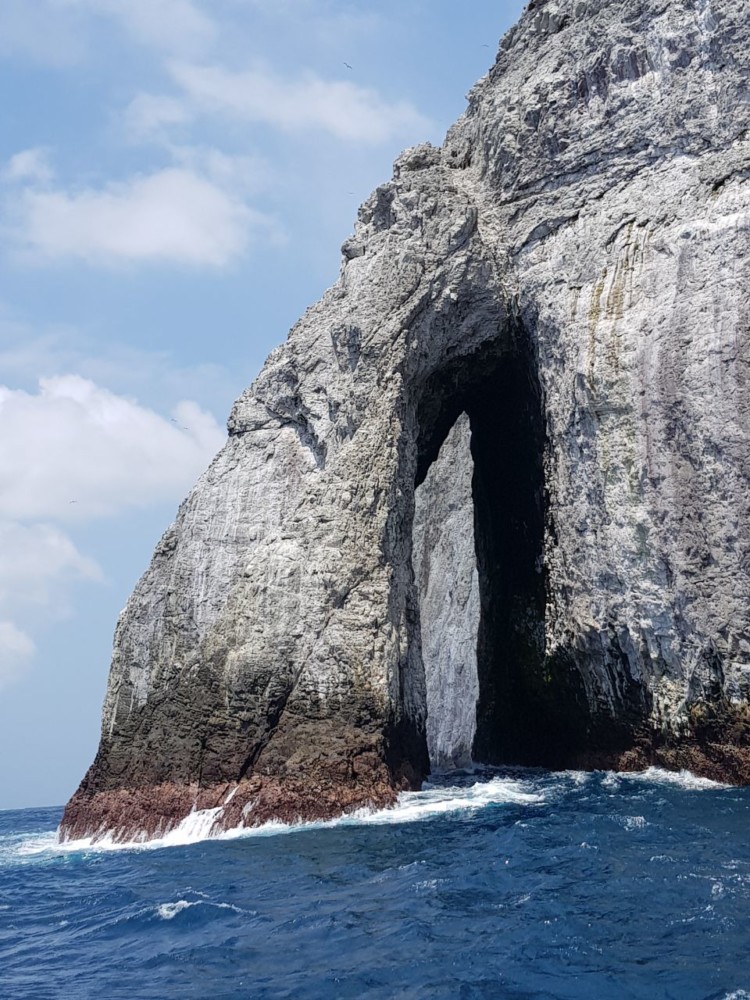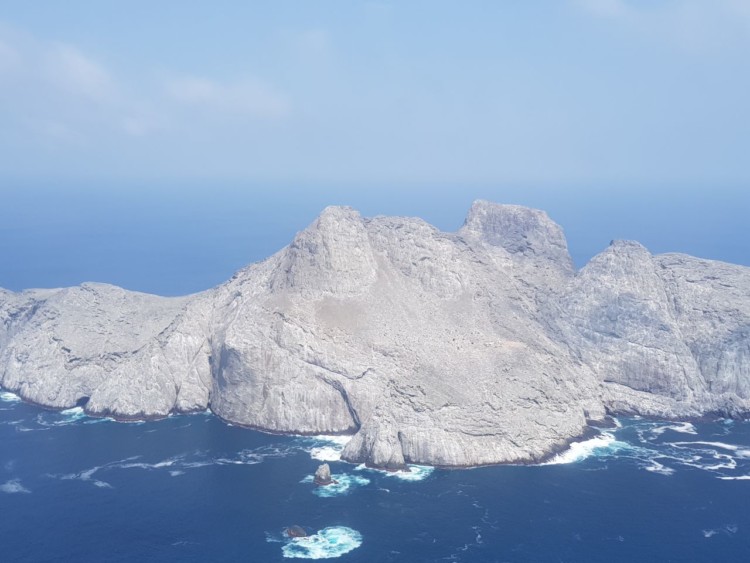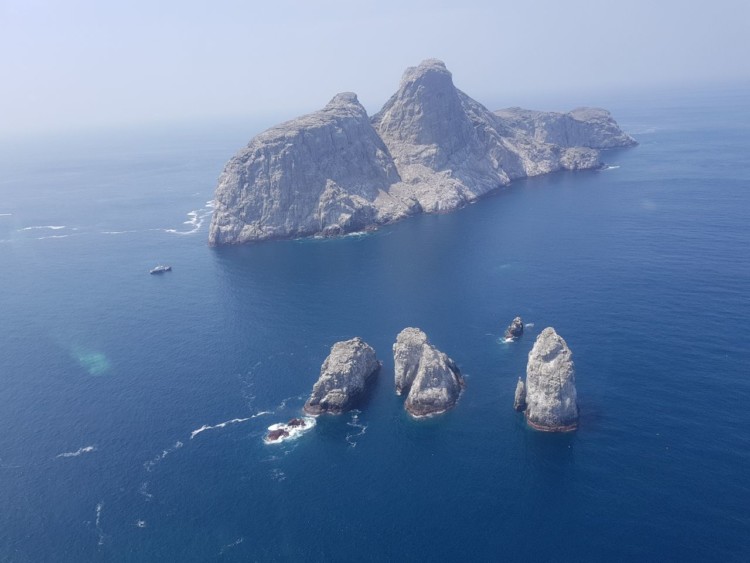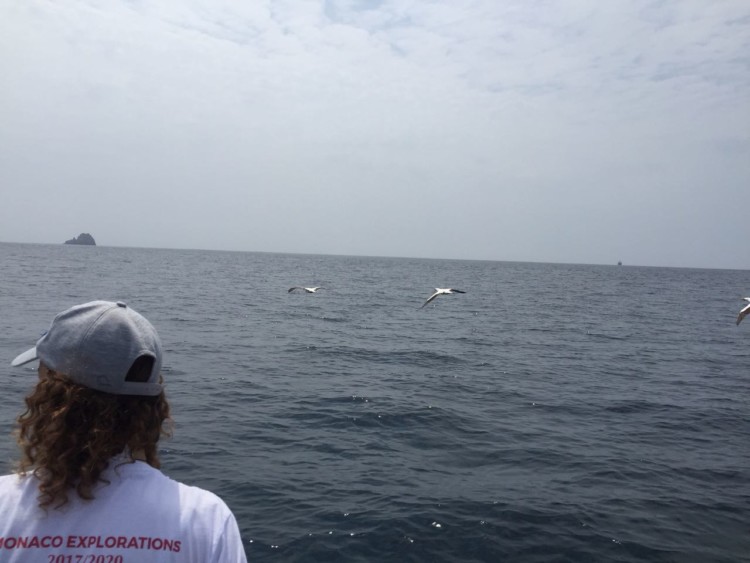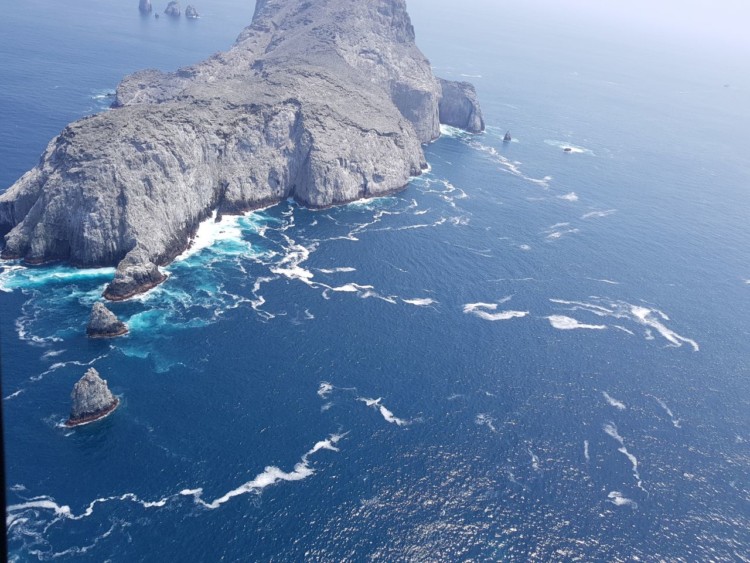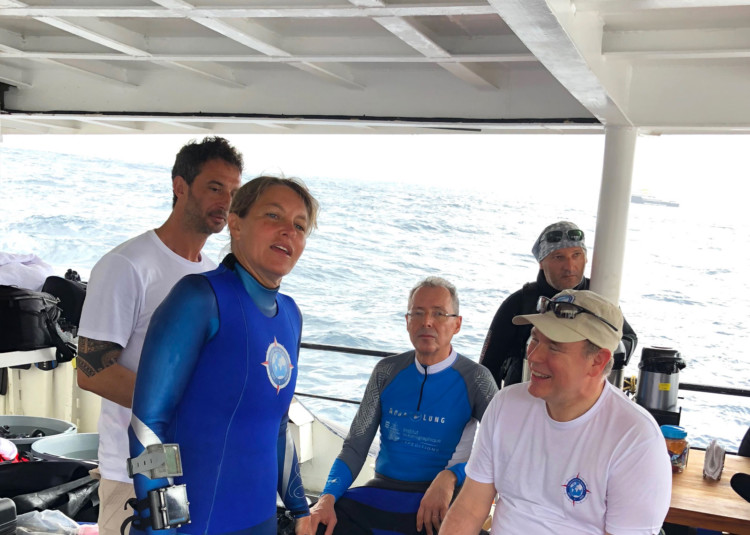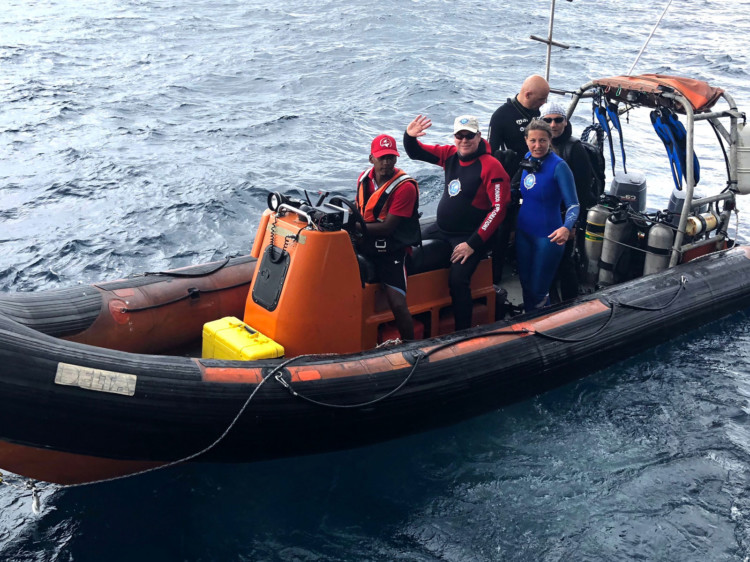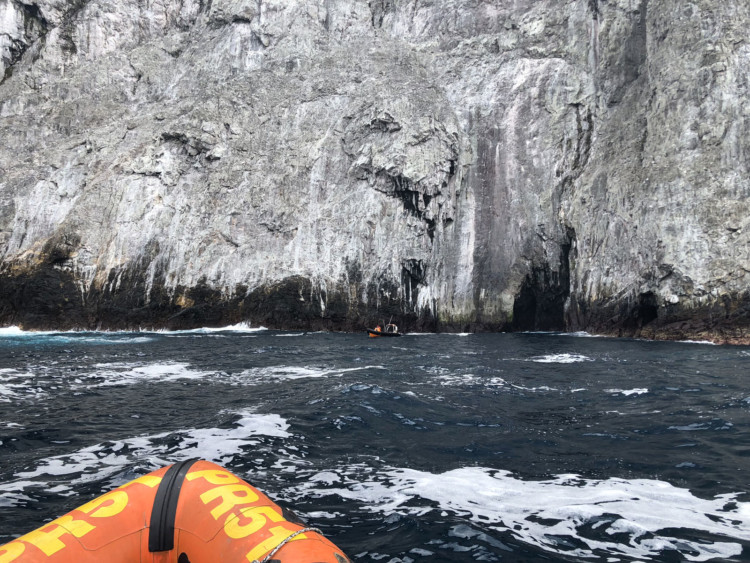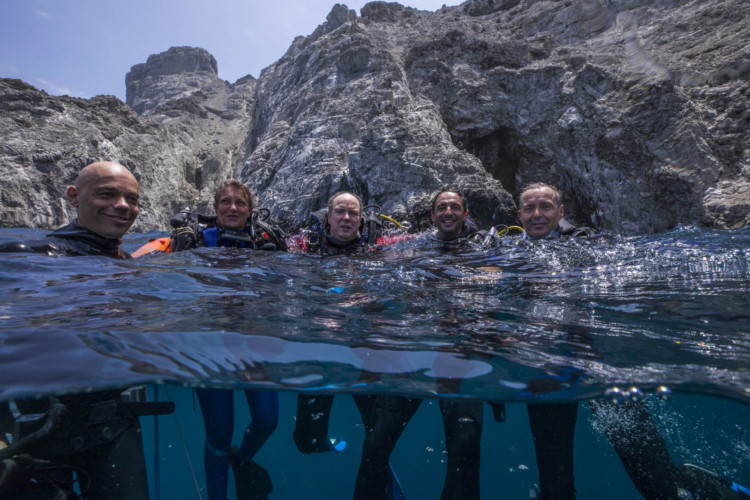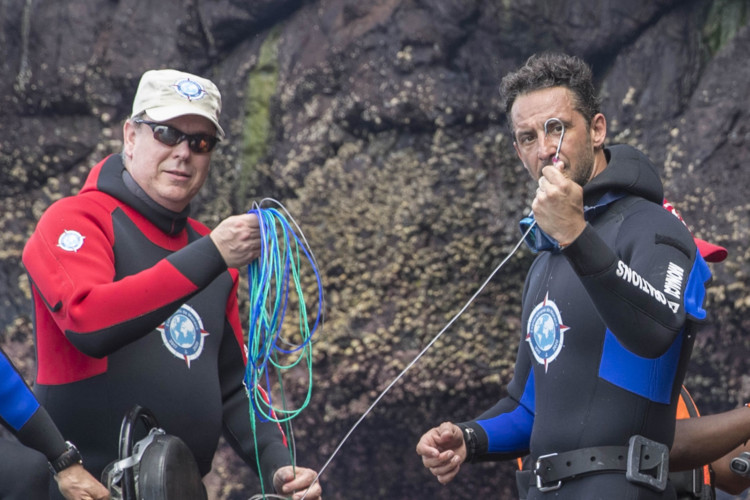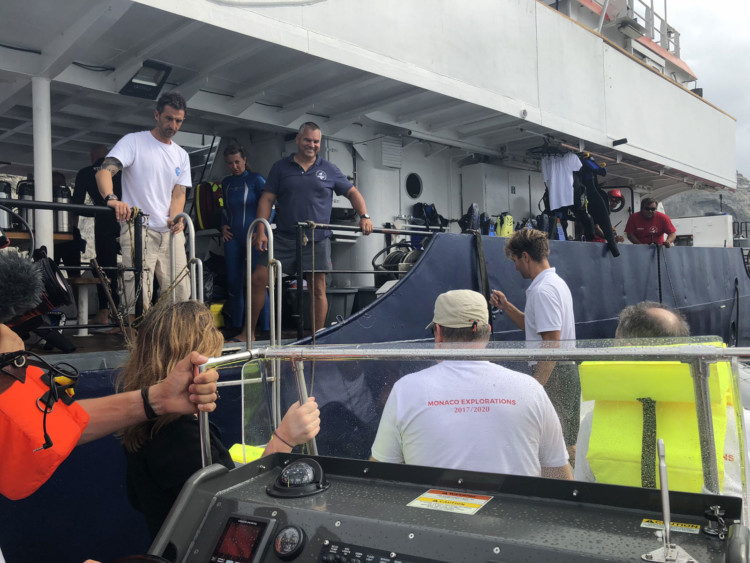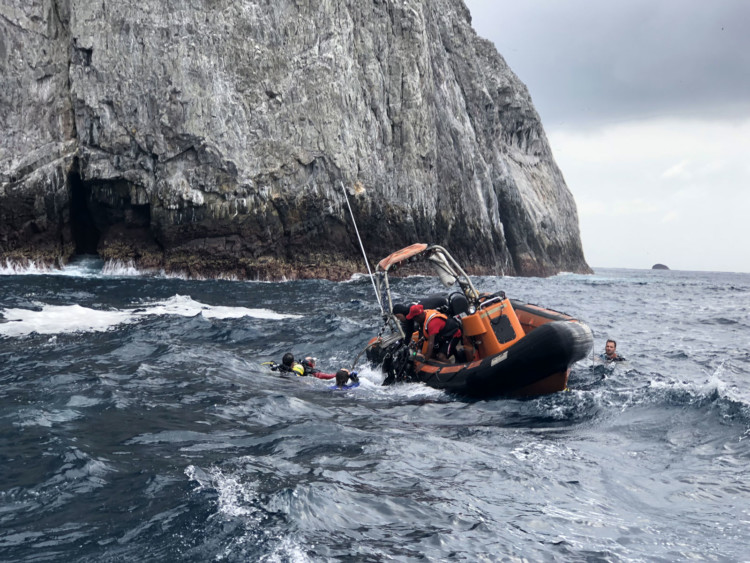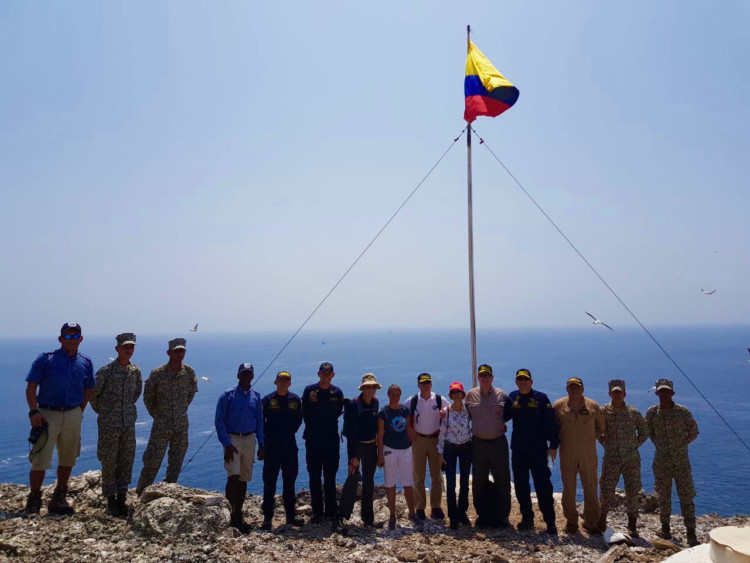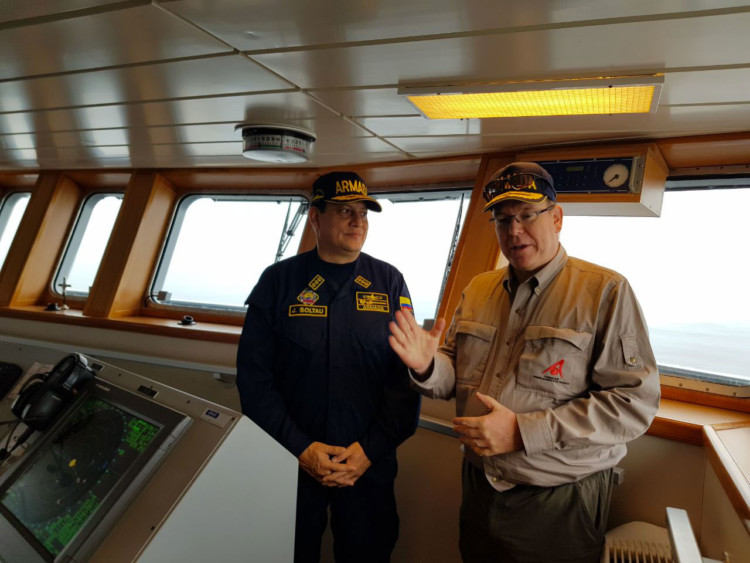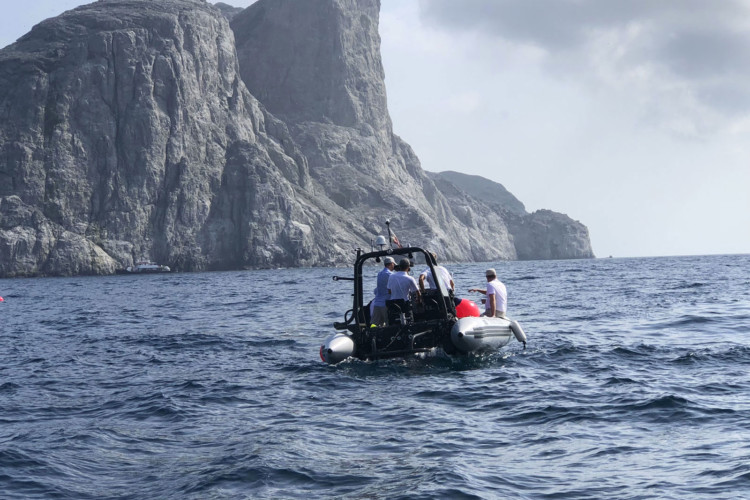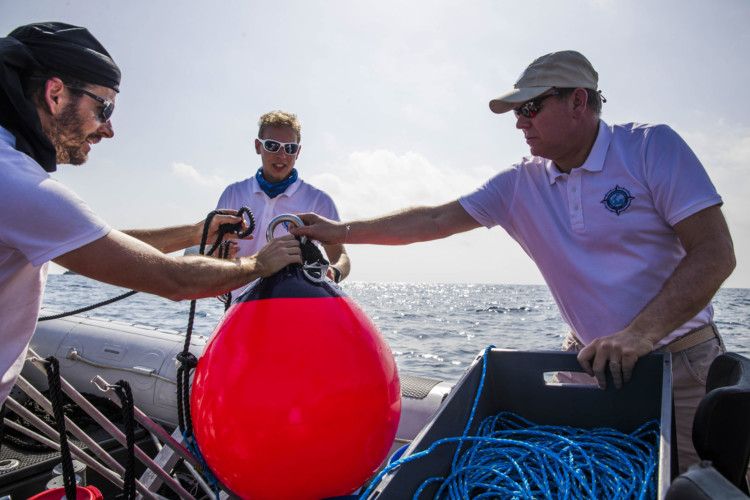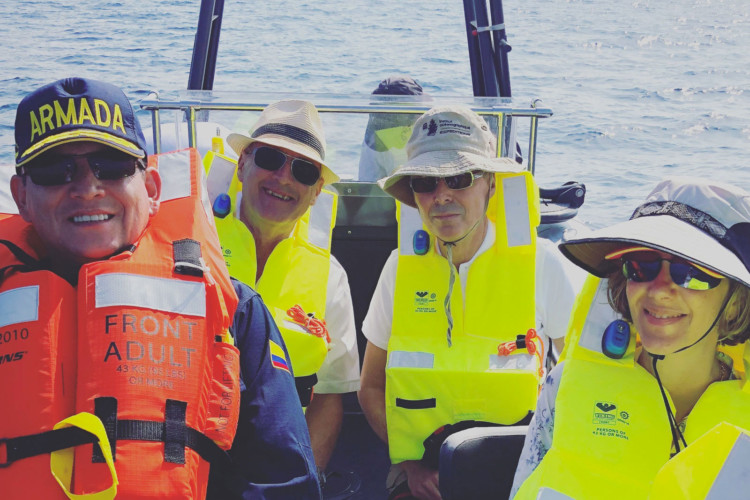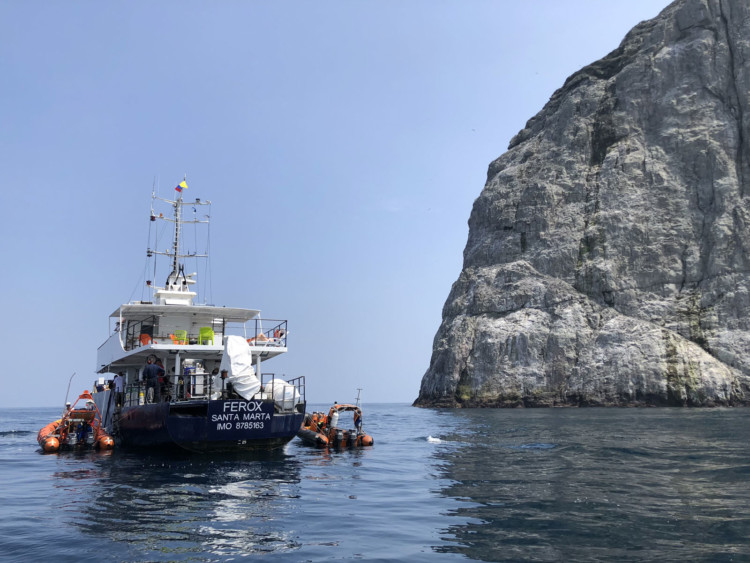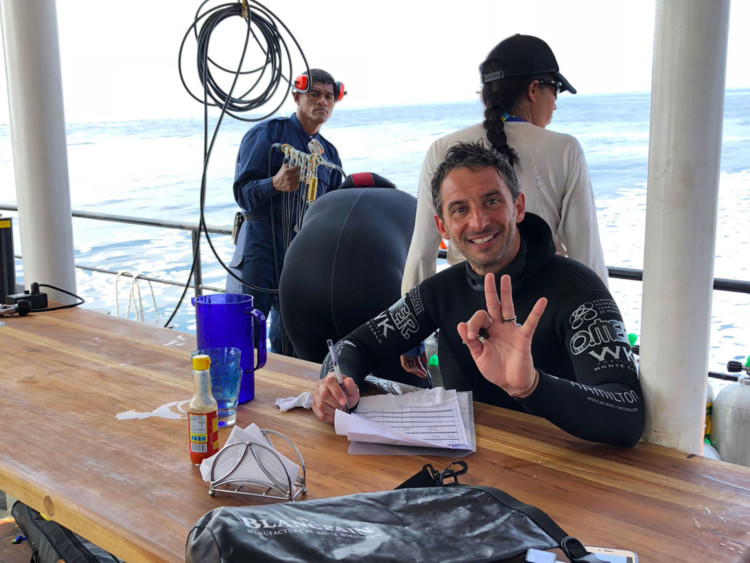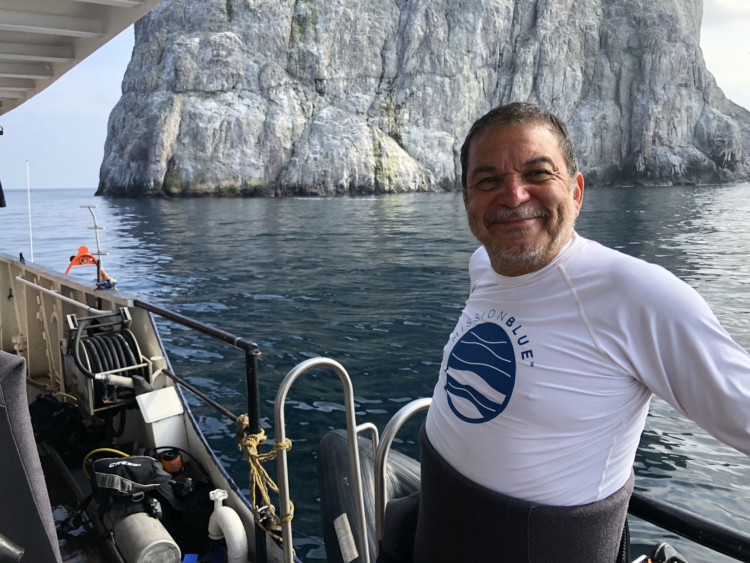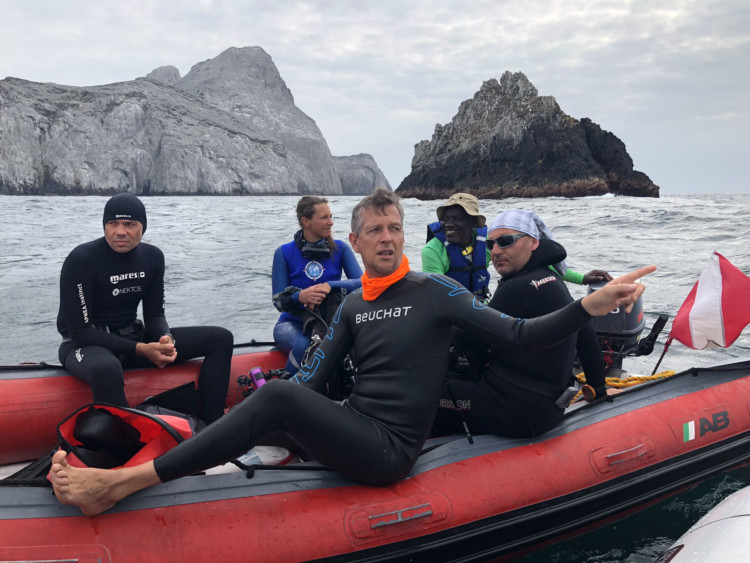Our mission in Malpelo has come to an end. As we sailed away tonight toward Panama we were lucky to have a beautiful send off from mother nature.
[vc_row][vc_column][vc_column_text]
[/vc_column_text][/vc_column][/vc_row][vc_row][vc_column][vc_column_text][KGVID poster=”https://www.monacoexplorations.org/wp-content/uploads/2018/04/36_hours_hero.jpg”]https://www.monacoexplorations.org/videos/36hours.mp4[/KGVID][/vc_column_text][/vc_column][/vc_row]
[vc_row][vc_column][vc_column_text]Look who came to visit the baited cameras!
[/vc_column_text][/vc_column][/vc_row][vc_row][vc_column][vc_column_text][KGVID poster=”https://www.monacoexplorations.org/wp-content/uploads/2018/04/baited_camera_hero.jpg”]https://www.monacoexplorations.org/videos/baitedcamera.mp4[/KGVID][/vc_column_text][/vc_column][/vc_row]
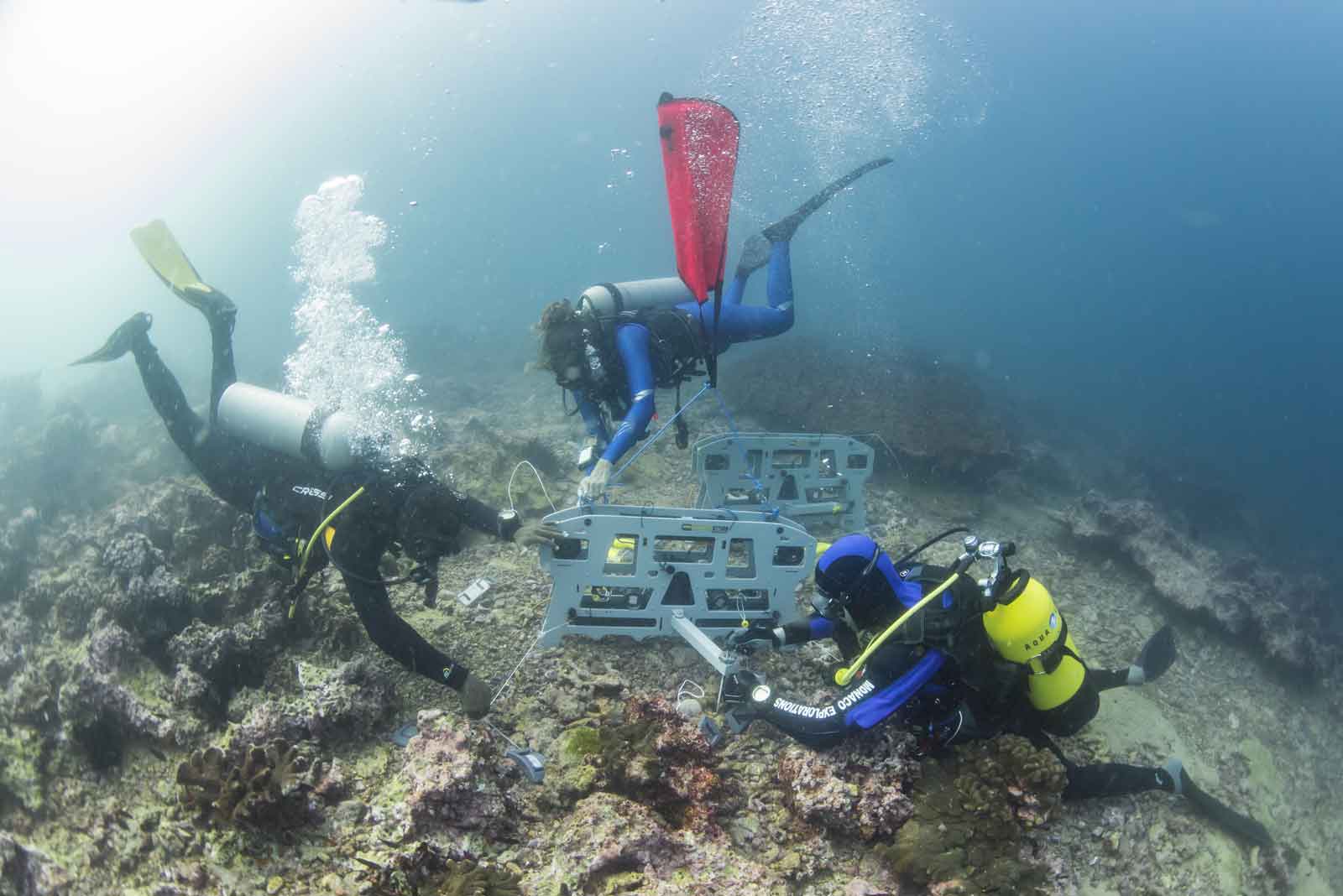
The team from MARbec (Marine Biodiversity, Exploitation and Conservation) is here to set their camera rig on the sea floor between 10-20 meters for 36 hours at a time. The footage from these cameras will allow them to identify species that exist in both daytime and nighttime environments (the lights from their camera rig attract many species in the night), and to cross reference the footage with the results they get from filtering for EDNA.
The camera rig itself weight 12kg and the team stabilizes it with 20kg of additional weight. The team has 2 cameras that record for 12 hours each. After setting the camera, they must return every 12 hours to switch it out with the other one, which has been charged. The final task is reviewing the footage carefully and noting each finding – a long task for sure, but quite exciting when they find footage they were hoping for.

Left to Right: Jean Baptiste Juhel, Pierre Cordier, Giomar Borrero, X, Loïc Pellissier, Captain Mario Rubianogroot, Caludia Restrepo Ortiz, Thierry Apparu, Raymond Clerc, Liz Factor, Régis Hocdé, Florine Hadjadj, and Andrea Polanco.Today we said goodbye to the scientists from the Megafauna Consortium and welcomed their colleagues from MARbec and Zoological Society of London on board for a “part two” of this mission. We also said goodbye to Raymond Clerc, our Chief of Mission, and welcomed Léa Lippisch who will take over the role for this part of the mission.
Welcome Tom Letessier, Virginie Marques, Nicolas Loiseau, and Laure Velez!!

Malpelo is a beautiful place and every one of us feels honored to be here. Today I’m sharing a set of 80 photos, all of which include the island. As the English idiom goes; a picture is worth a thousand words.

Today is the final day of HSH Prince Albert’s visit to Malpelo with Monaco Explorations. He spent the morning hours on the Ferox and then diving with Sandra Bessudo and her team to tag sharks before departing to mainland Colombia.

HSH Prince Albert arrived in Malpelo today. He was accompanied by Patti Londoño, Colombian Deputy Minister of Foreign Affairs, Admiral Juan Soltau, Head of Maritime Interests for the Colombian Navy, and Robert Calcagno, Head of Mission for Monaco Explorations.
The first stop for the group was on the island of Malpelo and visiting the military vessel.
After arriving onboard and meeting the scientific teams, His Serene Highness went to sea with the Megafauna team to set baited cameras. The rest of the delegation joined on a second tender to observe the work.
While at sea, we found Sandra Bessudo and her team and stopped to meet them and hear about their day.

In the evening, the scientific teams made presentations to Prince Albert and the rest of the group onboard.

[vc_row][vc_column][vc_column_text]
Malpelo is known as a global hotspot for marine life, and is notably home to hundreds of hammerhead sharks that come here to reproduce. Sandra Bessudo is a Colombian marine biologist and conservationist who has worked to protect Malpelo and the species here since 1989. Sandra was influential in creating the first Marine Conservation Corridor for the Eastern Tropical Pacific. She is here with Fundación Malpelo, which she established in 1999.

The main focus of the work here for Sandra and her team is to tag hammerhead sharks, which are on the IUCN Red List. Placing acoustic tags on the sharks allows researchers to better define the migratory patterns of the animals and in turn, use the data to advocate for enlarged protected areas. In this case Sandra is working with free divers to place the tags on the animals – this is the least invasive method. The target is mainly adult female hammerheads. The team is using acoustic tags, which ping when the tag surfaces, giving GPS coordinates for the location.
[/vc_column_text][/vc_column][/vc_row][vc_row][vc_column][gem_video video_src=”https://www.monacoexplorations.org/videos/Shark_Tagging.mp4″ image_src=”27813″][vc_column_text]
[/vc_column_text][/vc_column][/vc_row][vc_row][vc_column][vc_column_text]
Sandra and her team are working from the Ferox, a Colombian vessel who brings divers and scientific teams to Malpelo to work from mainland Colombia.
[/vc_column_text][/vc_column][/vc_row]
